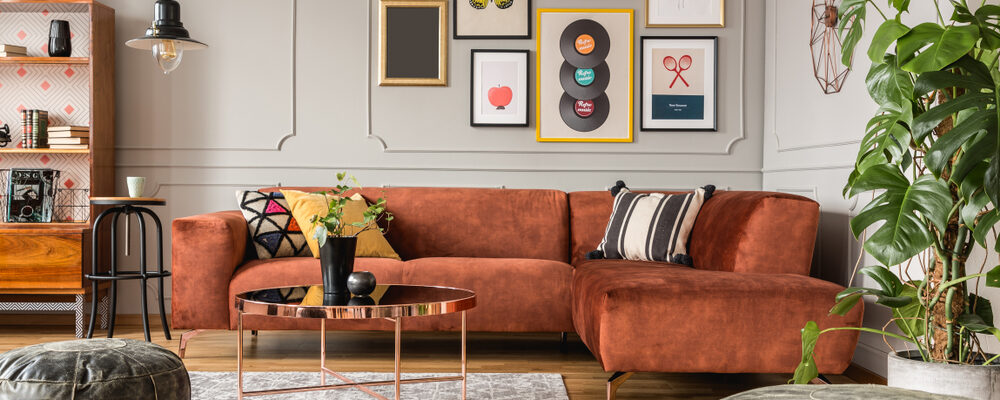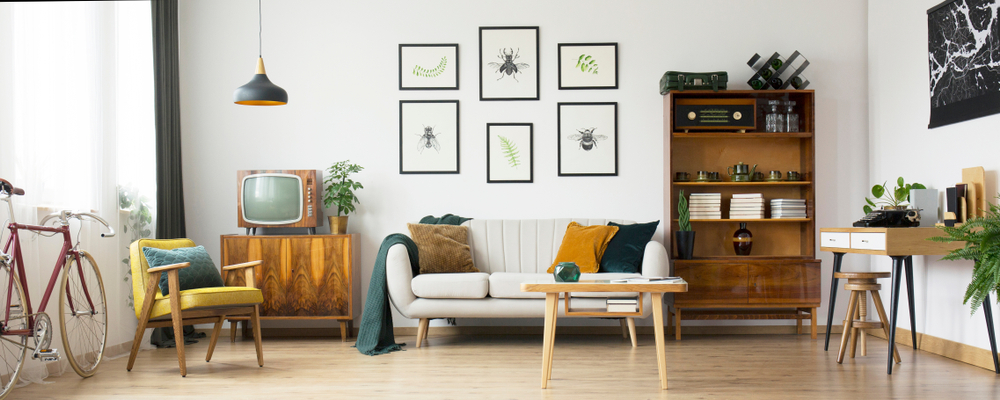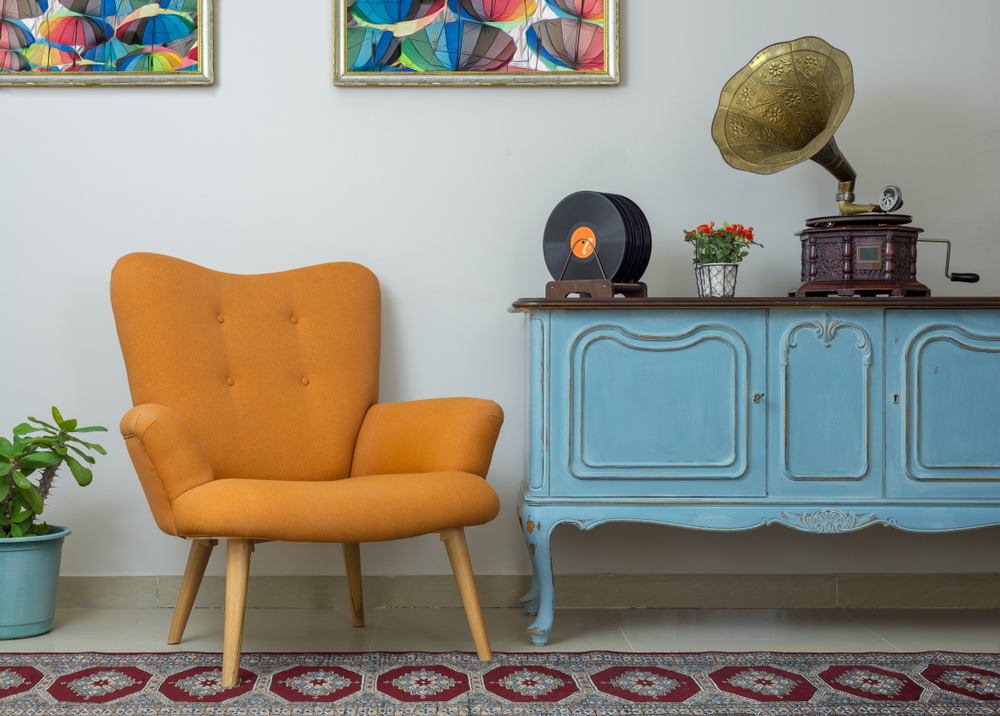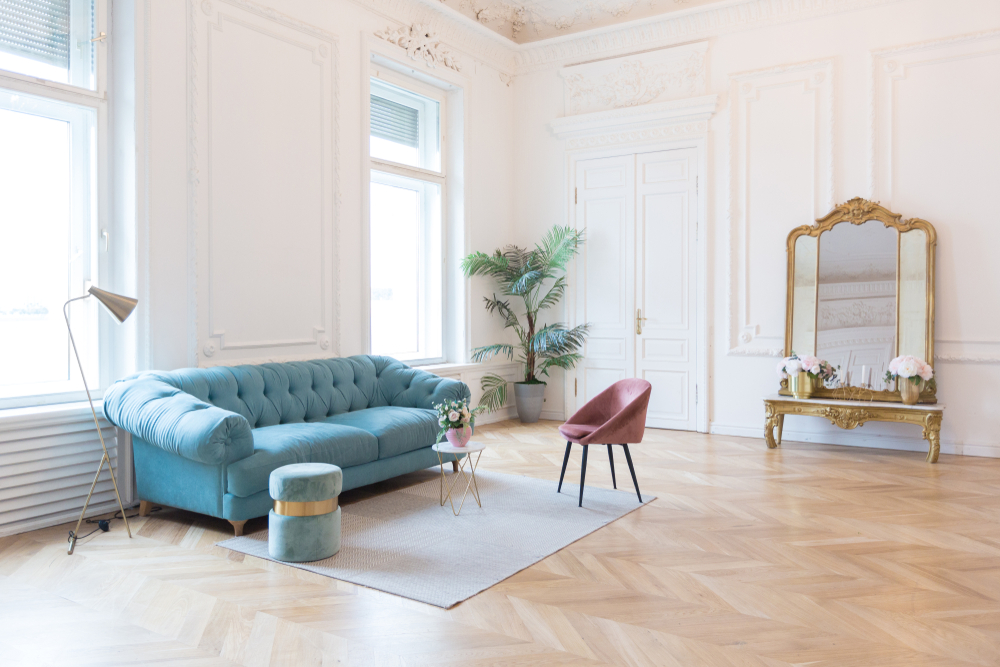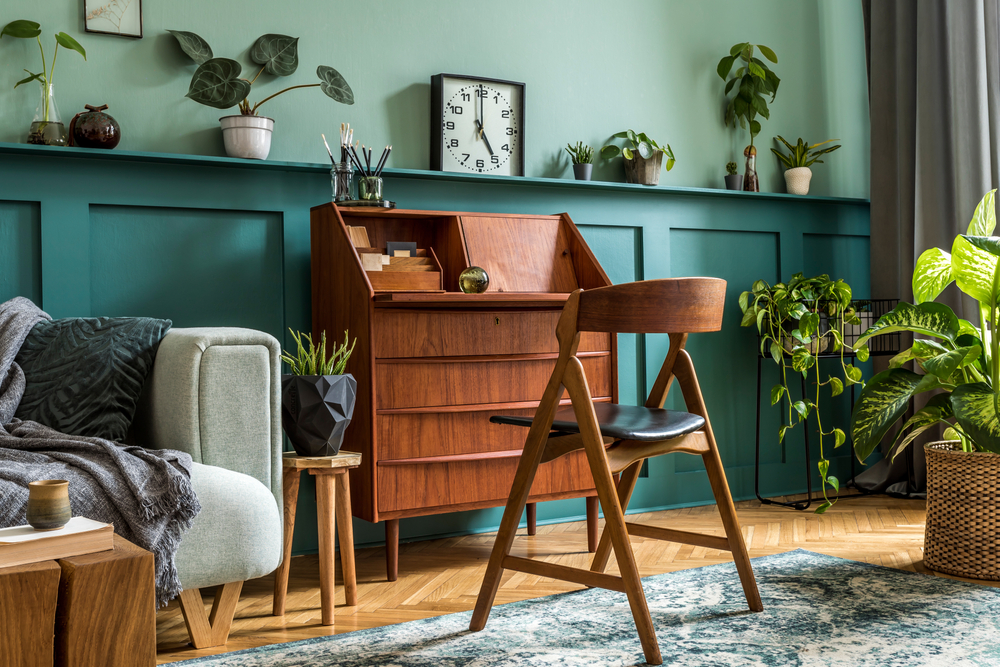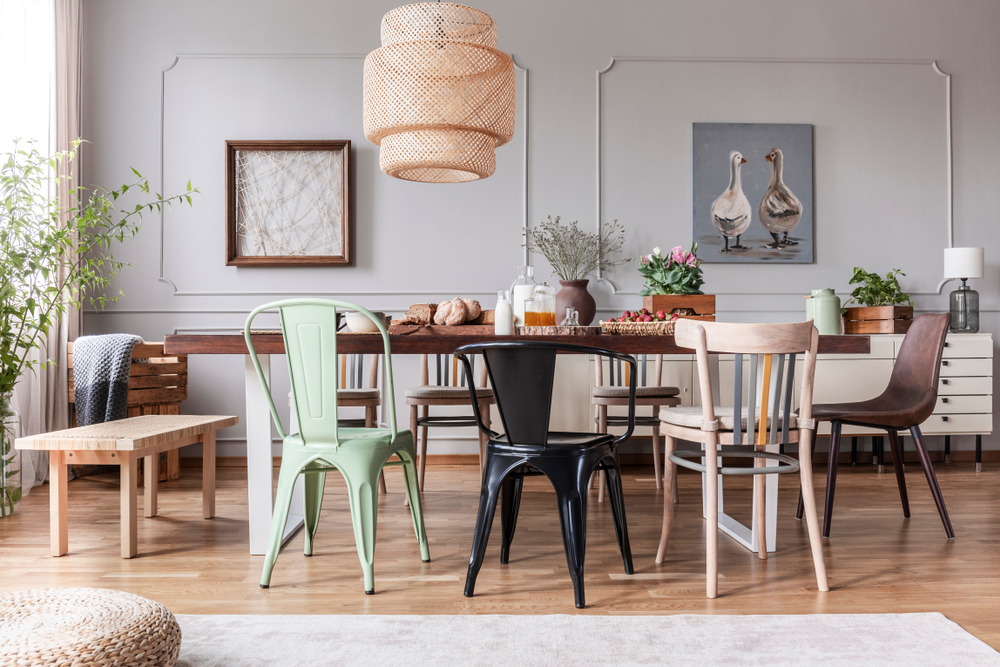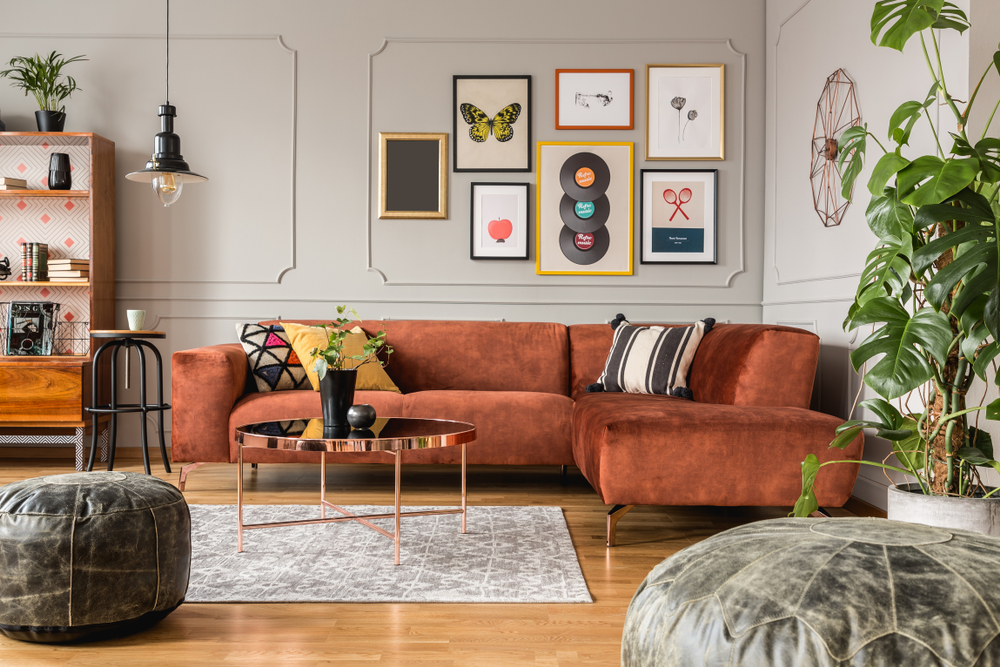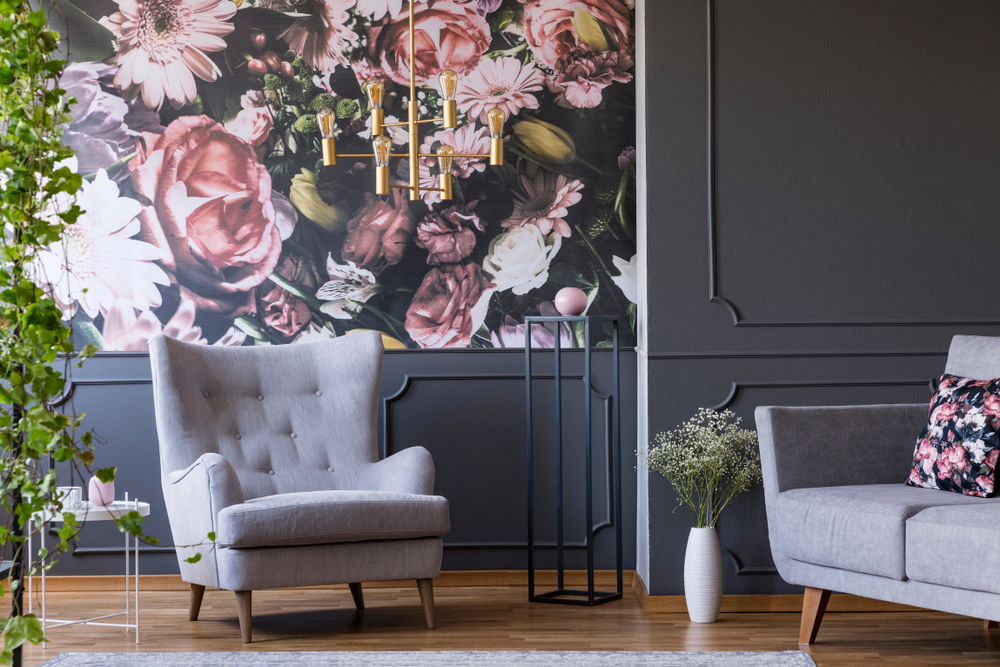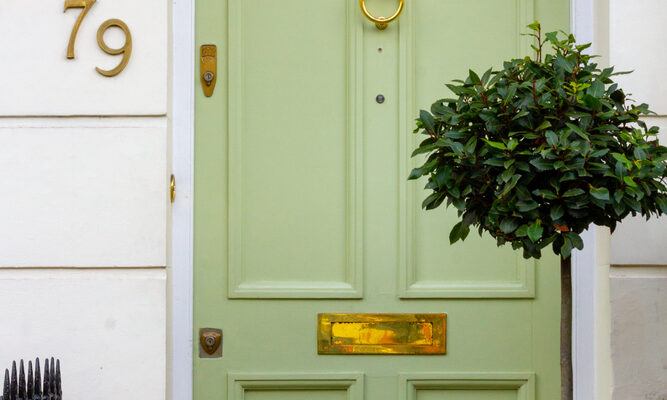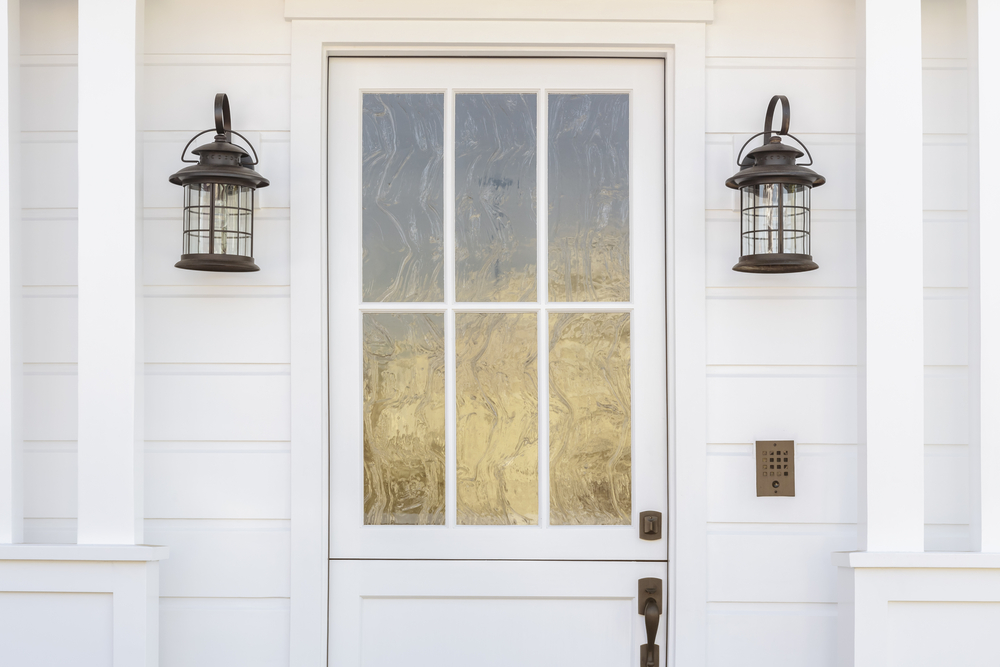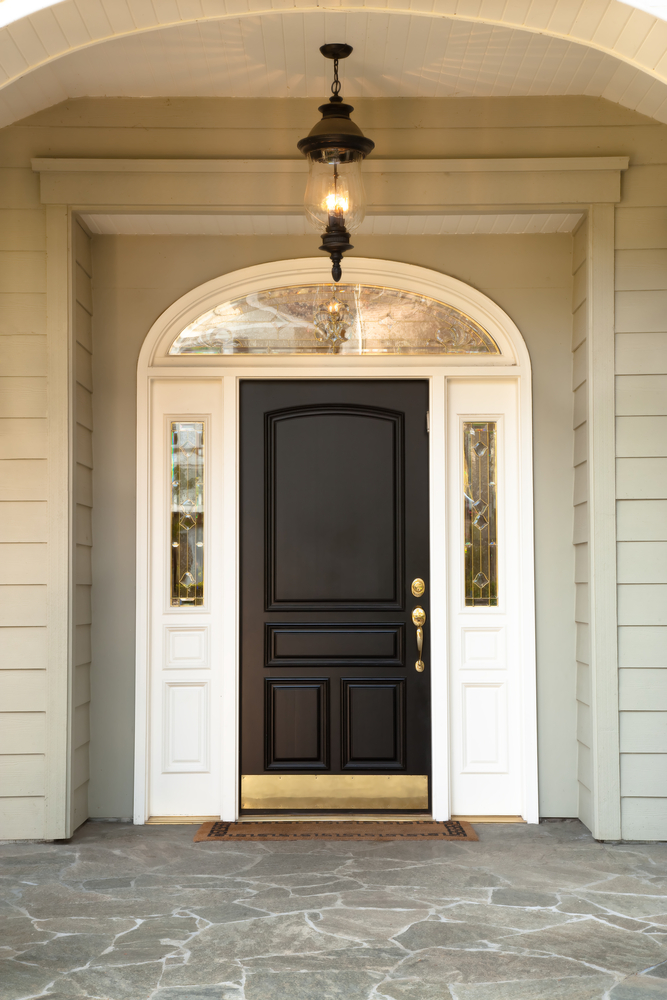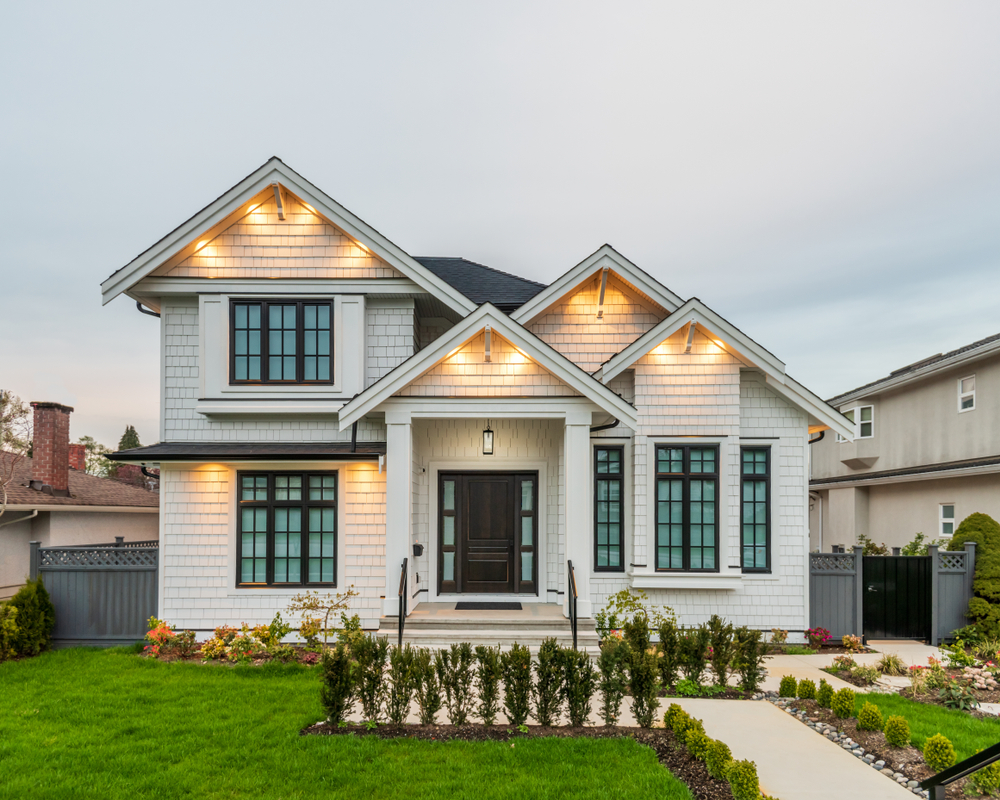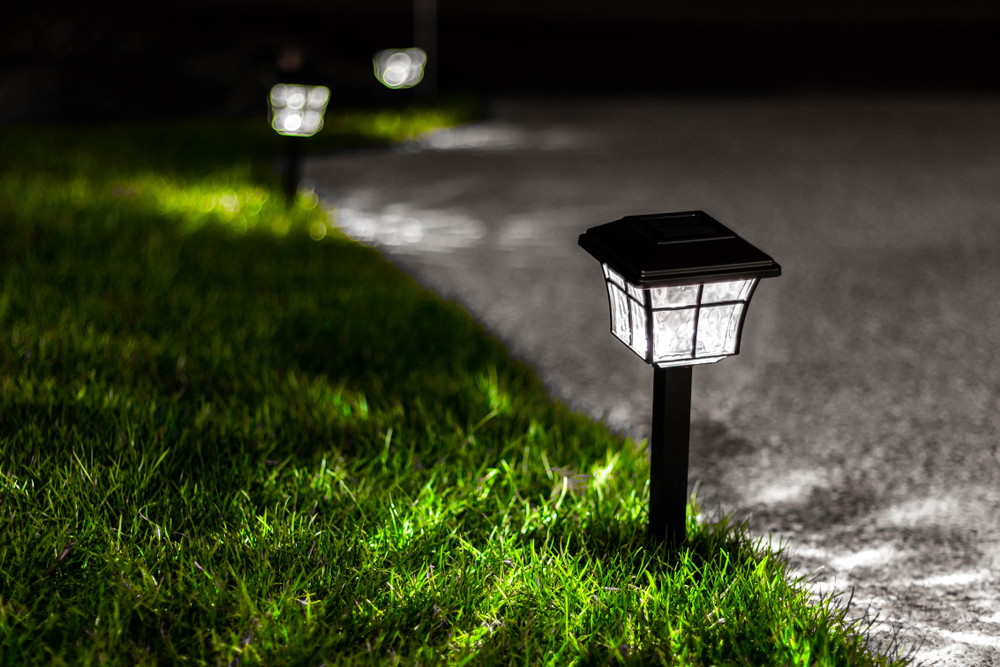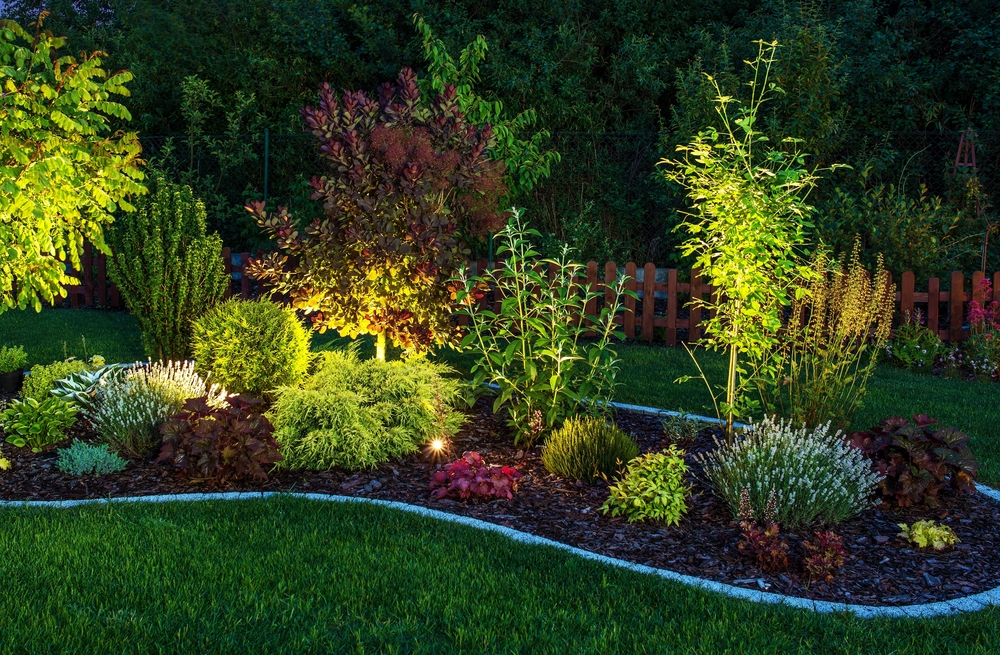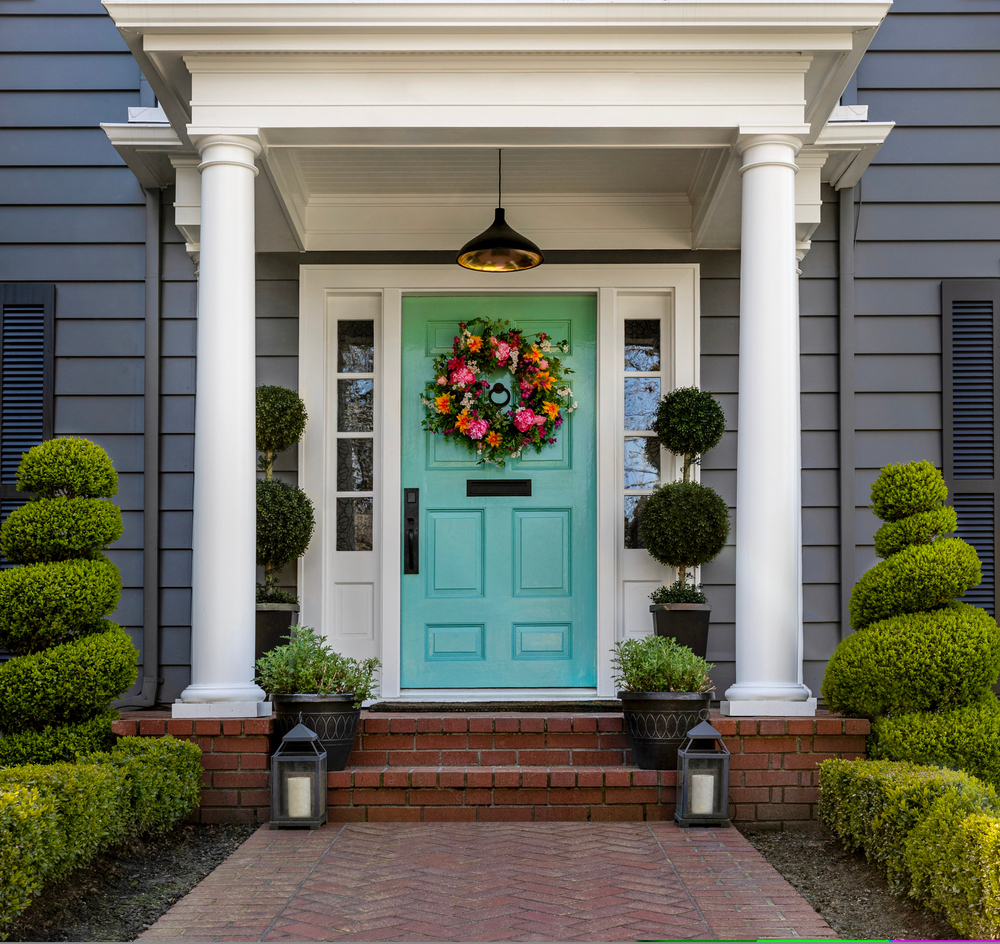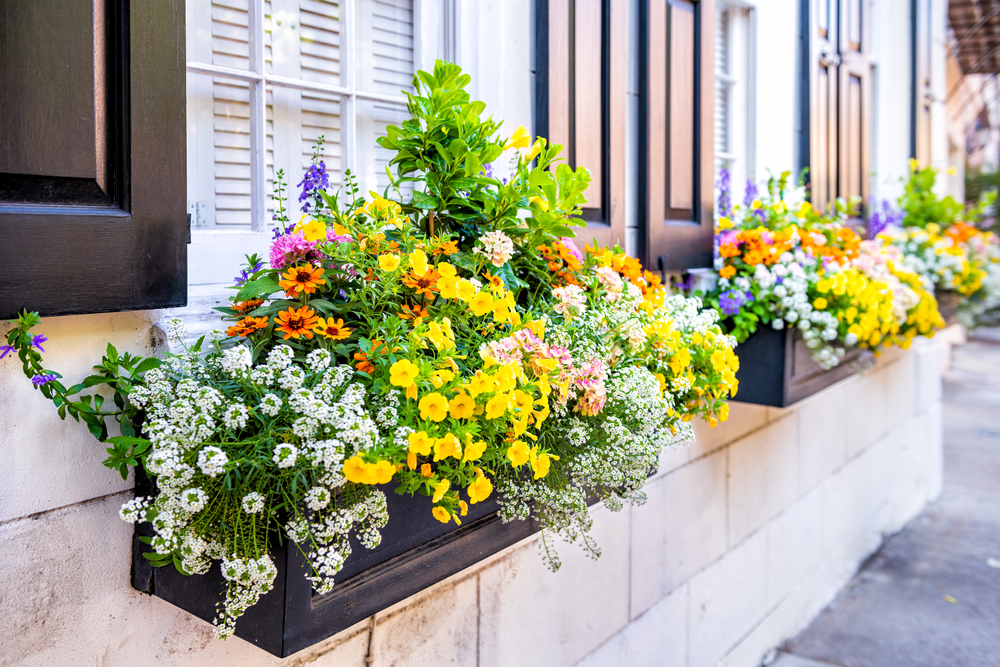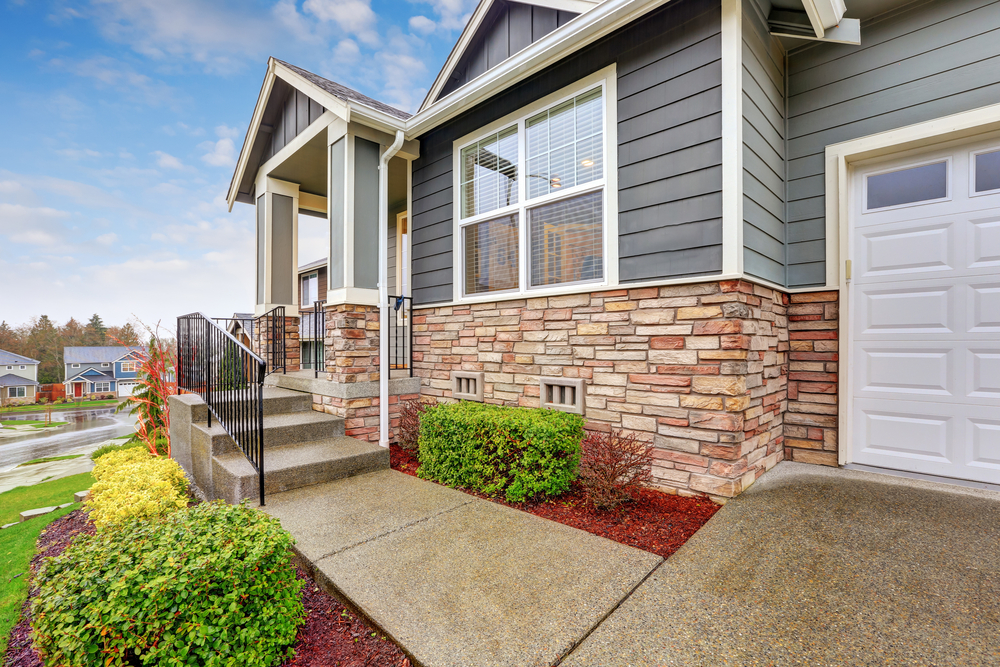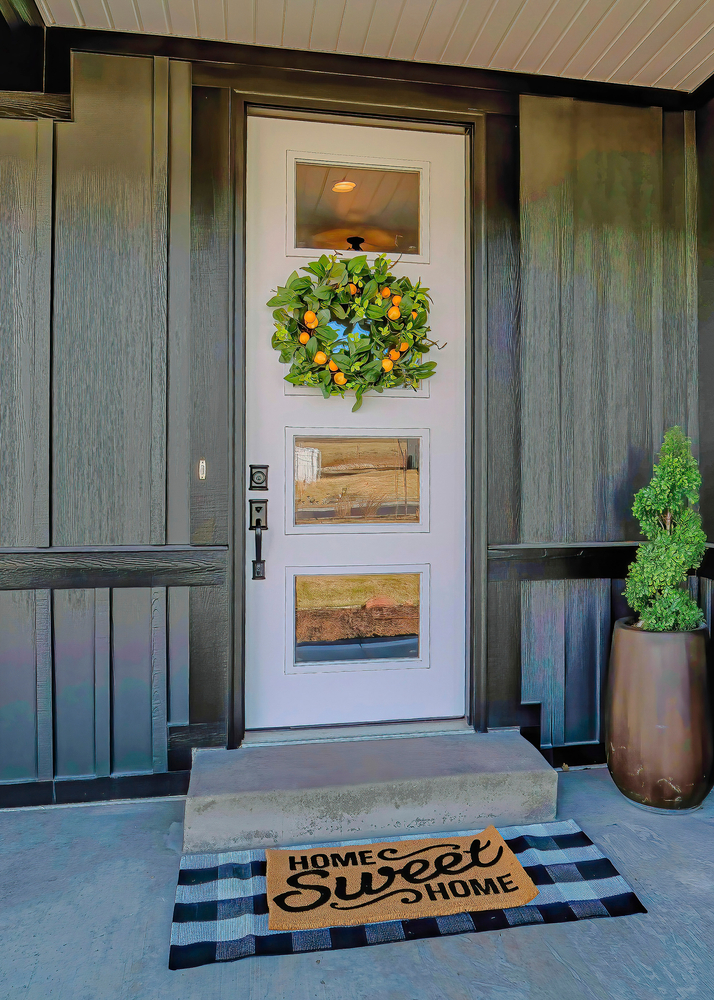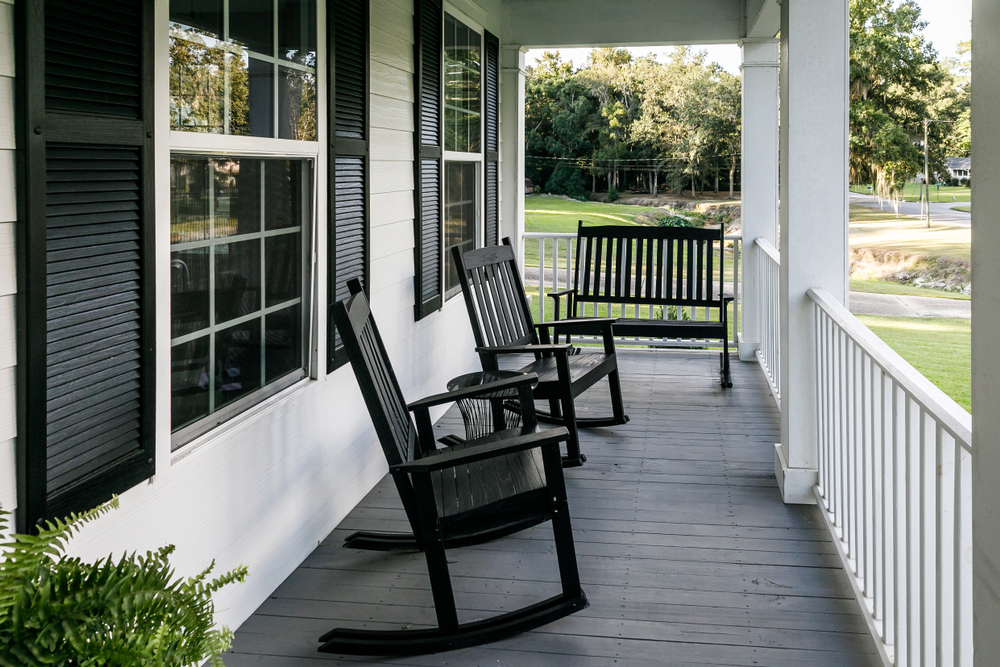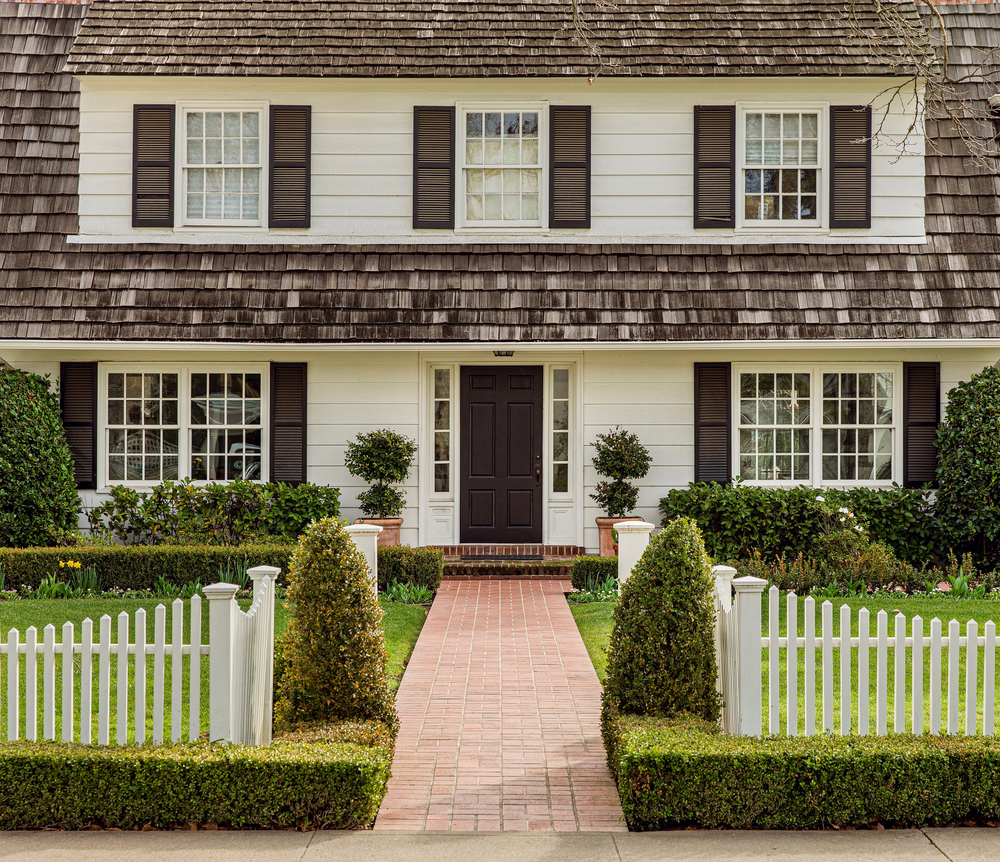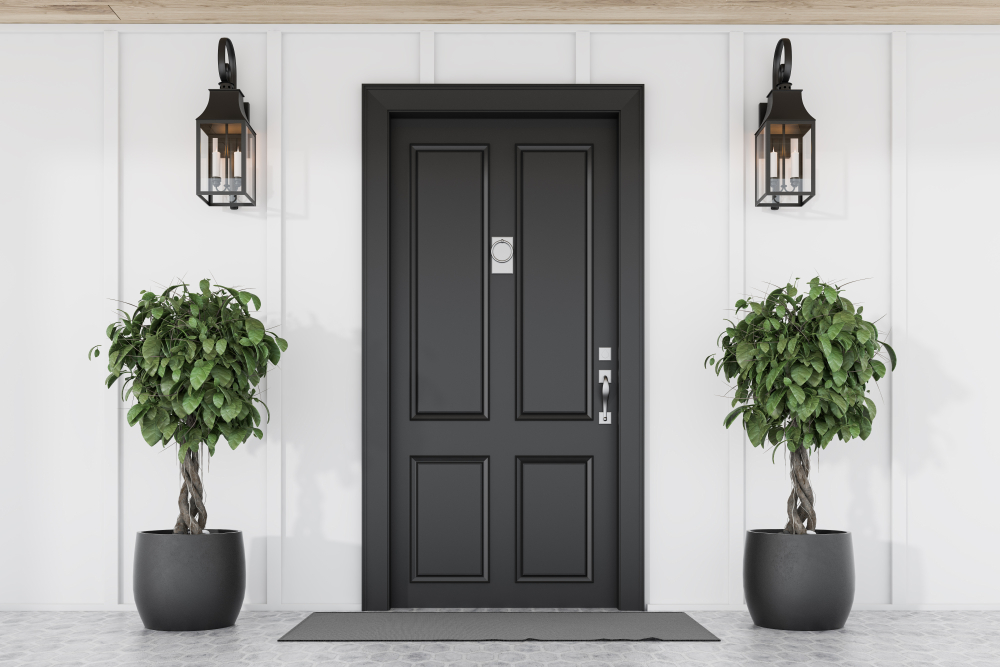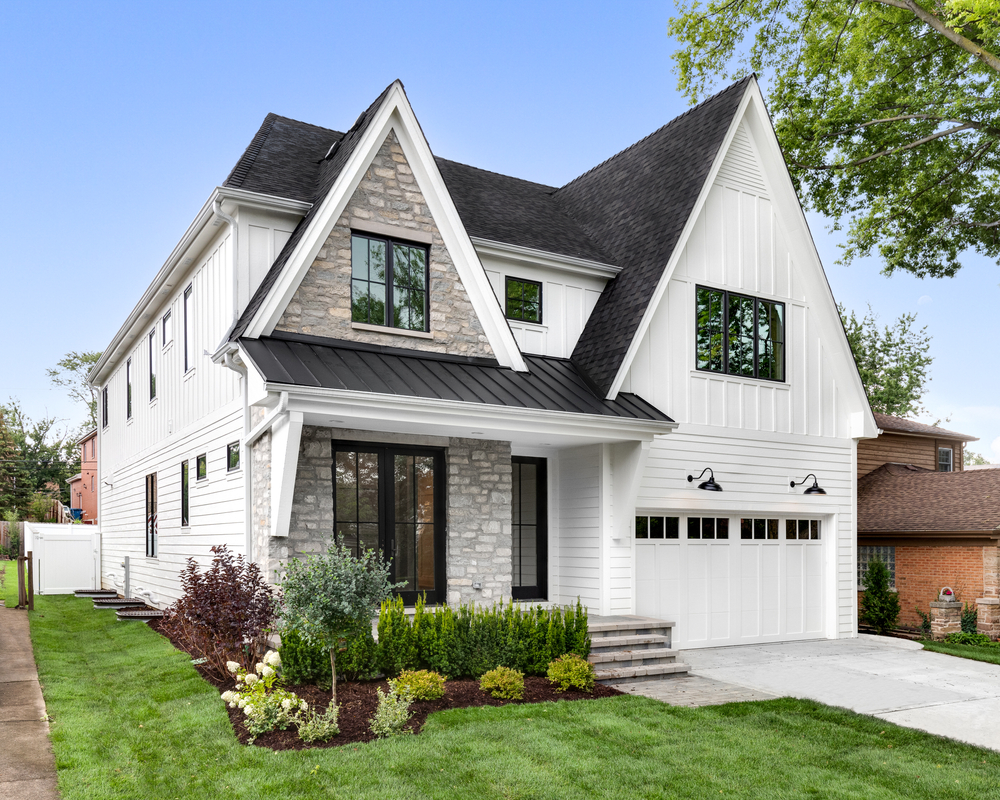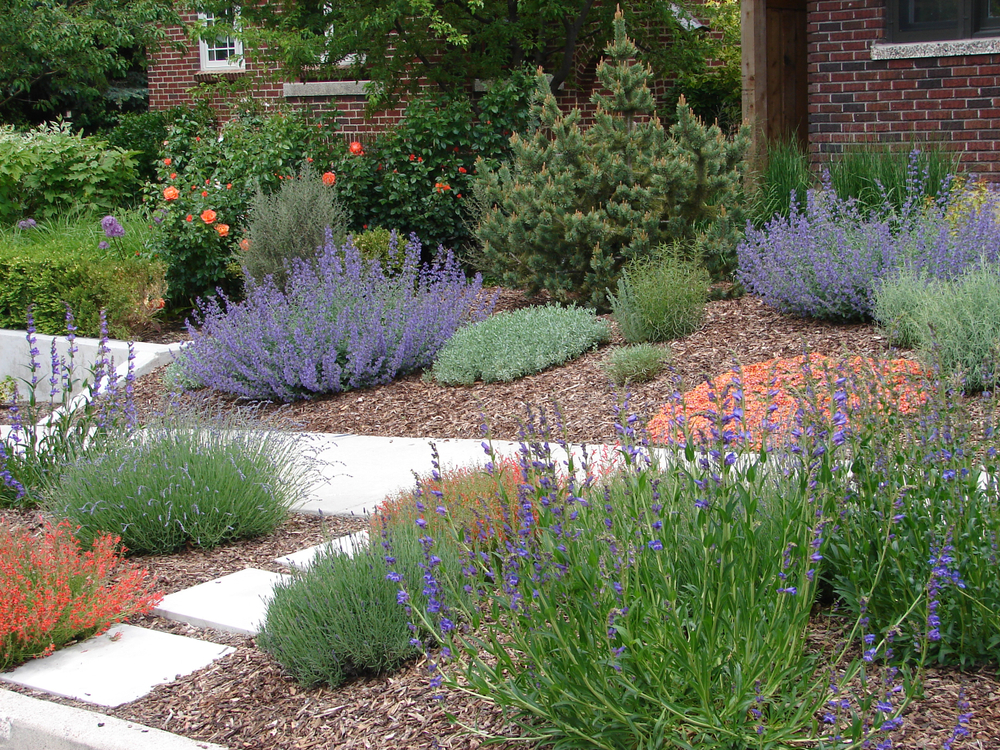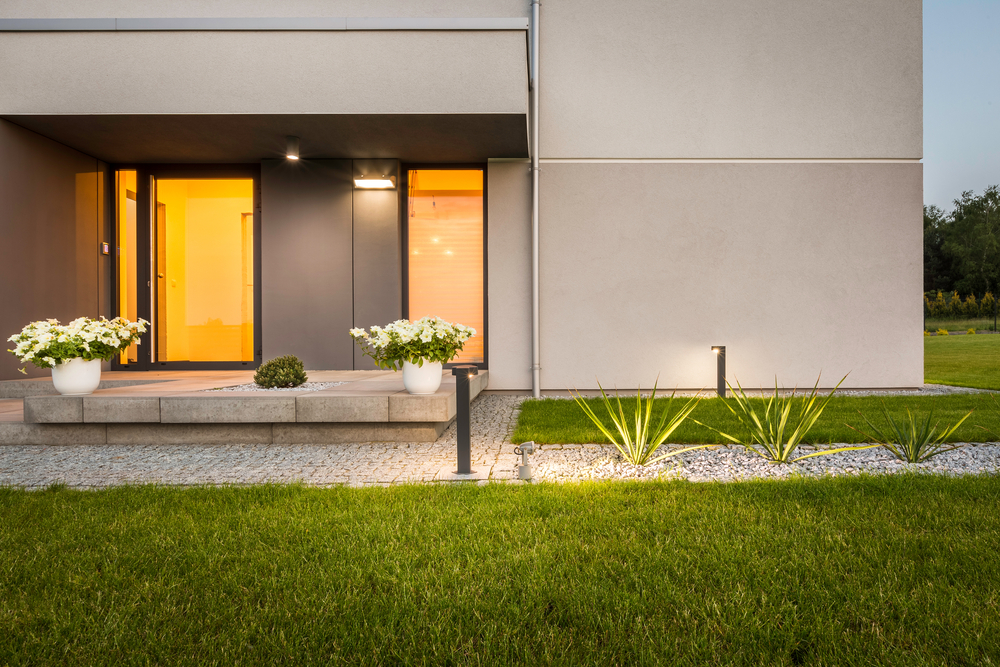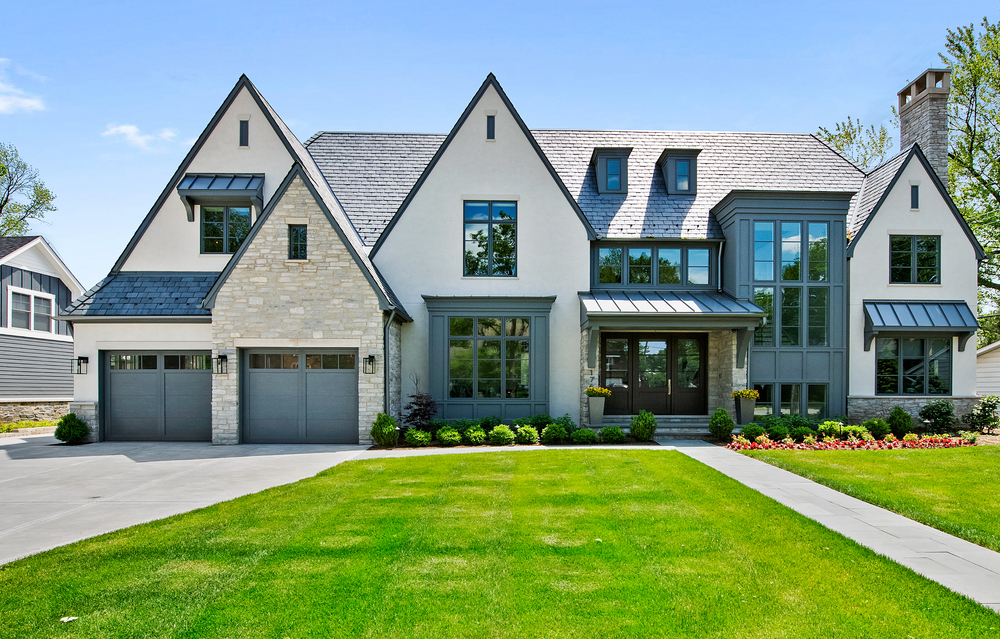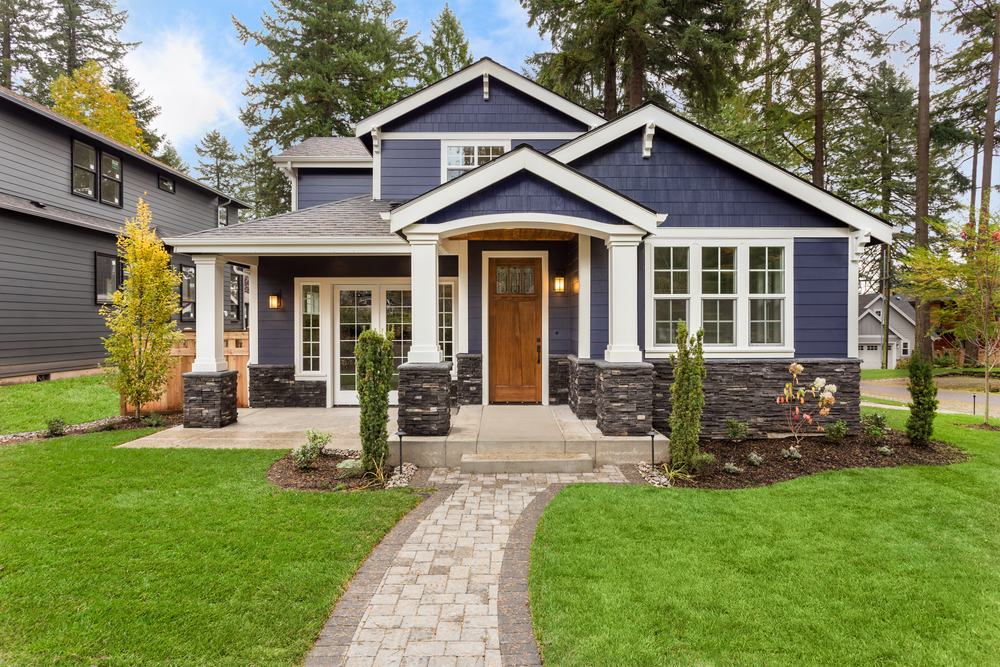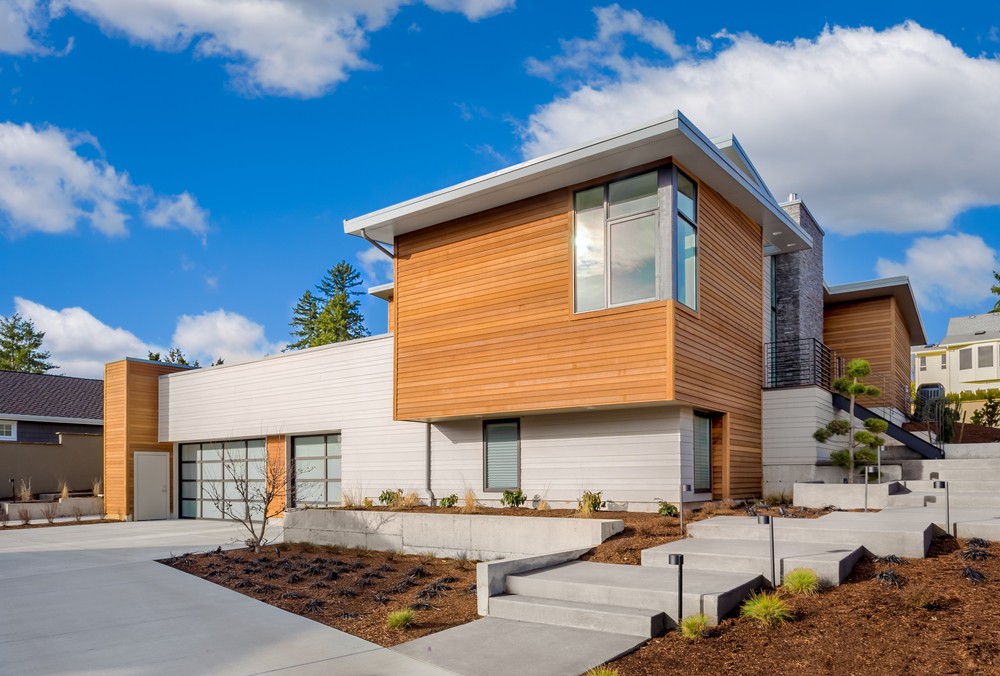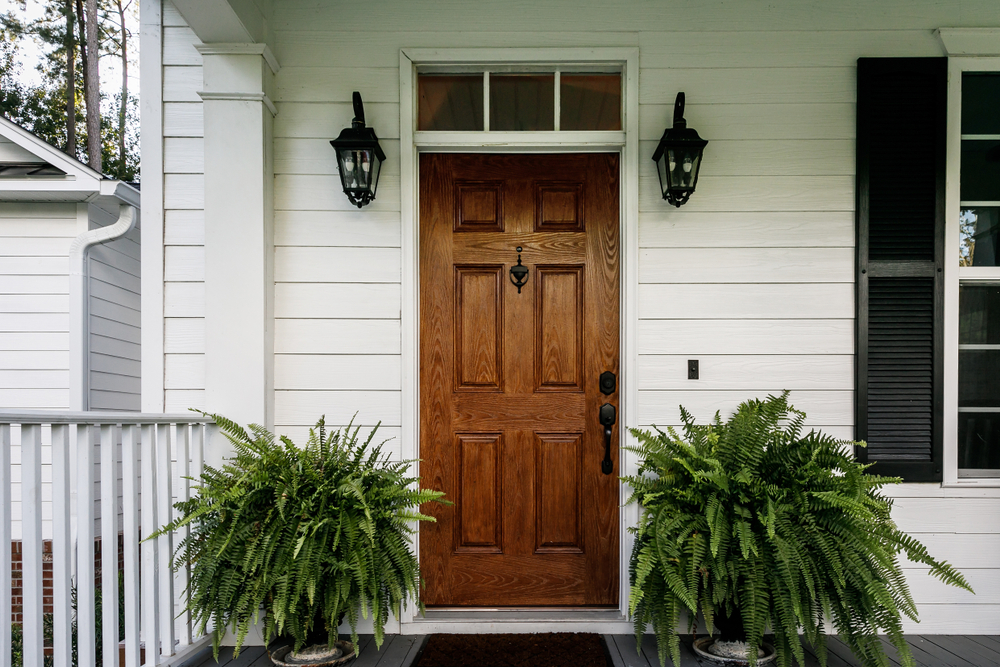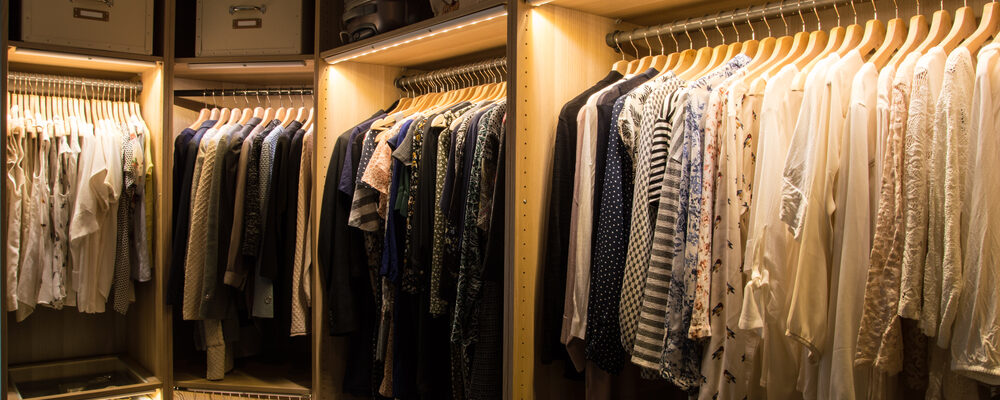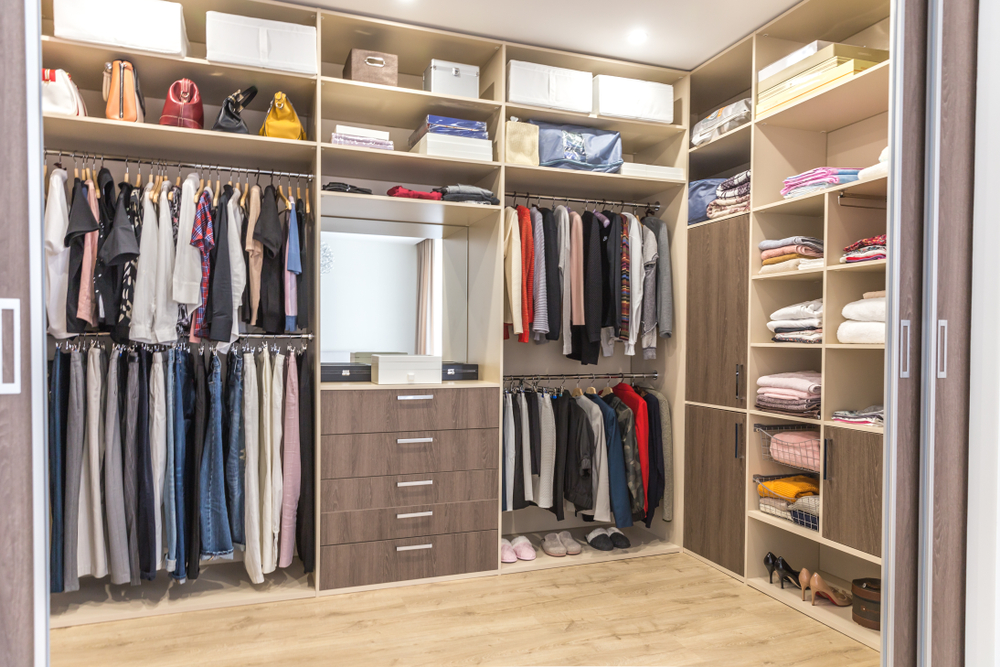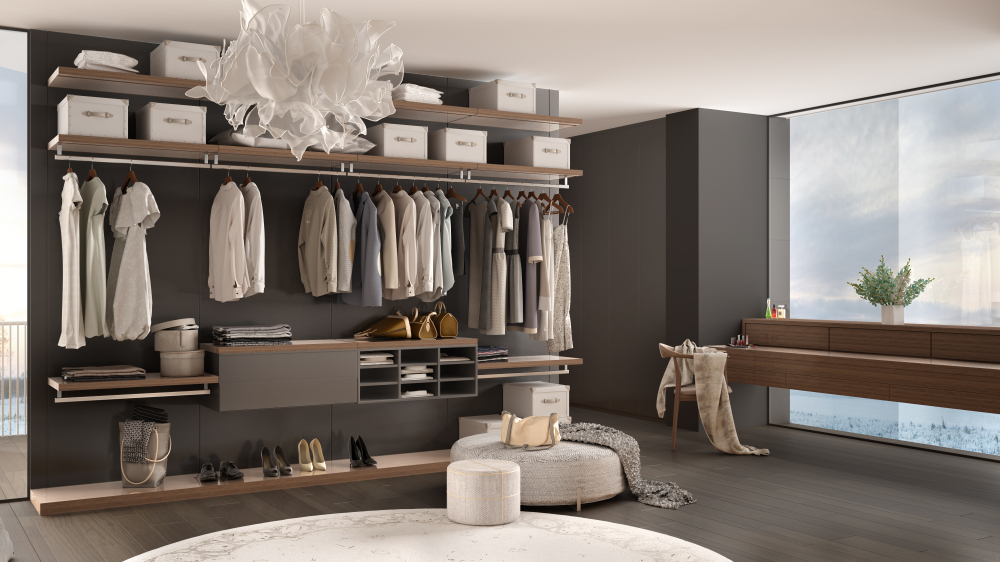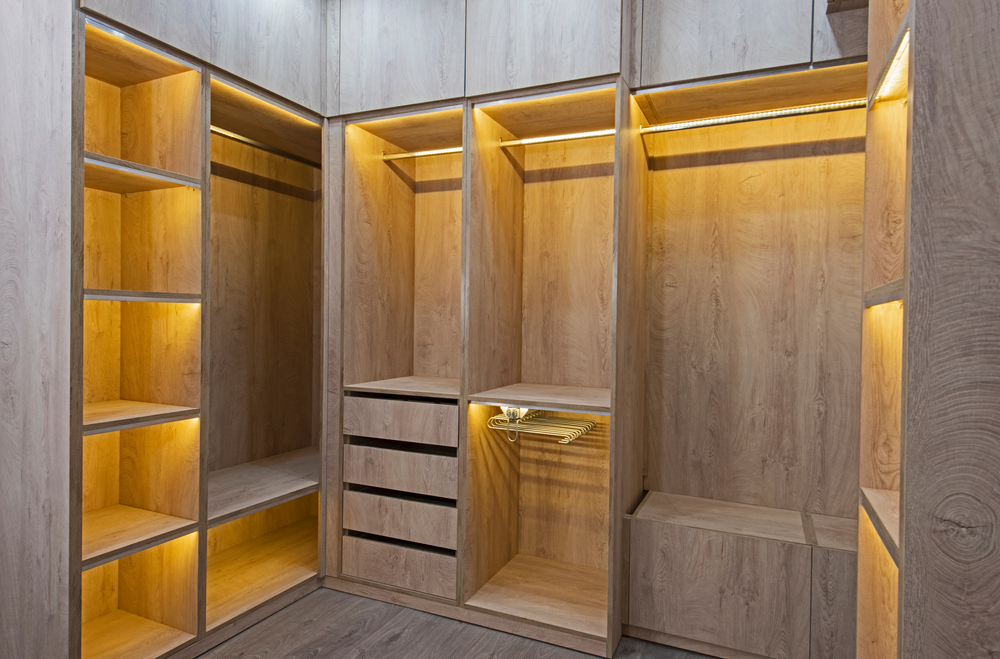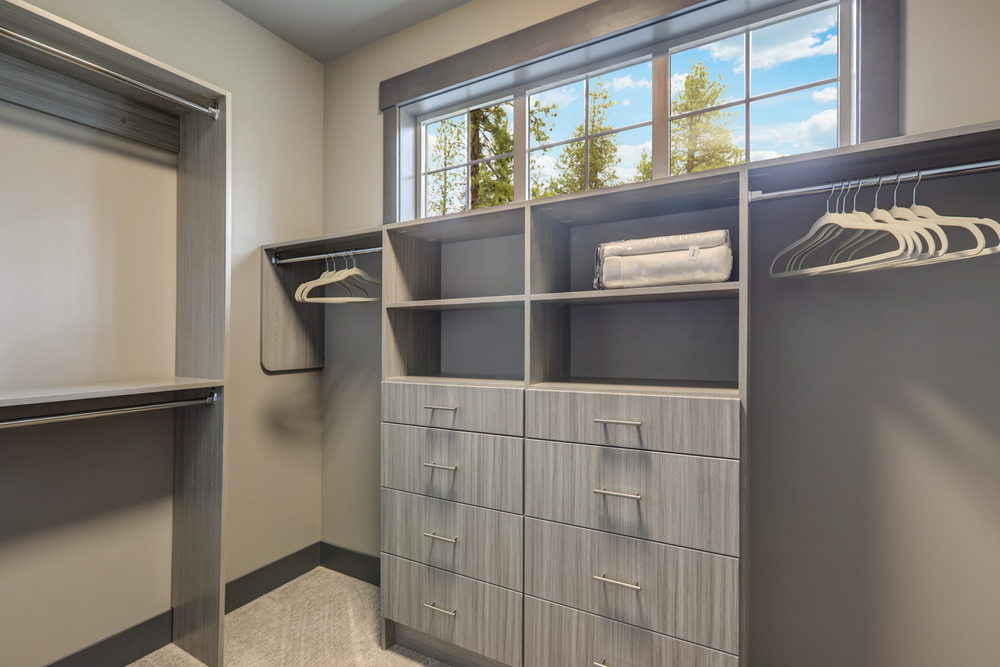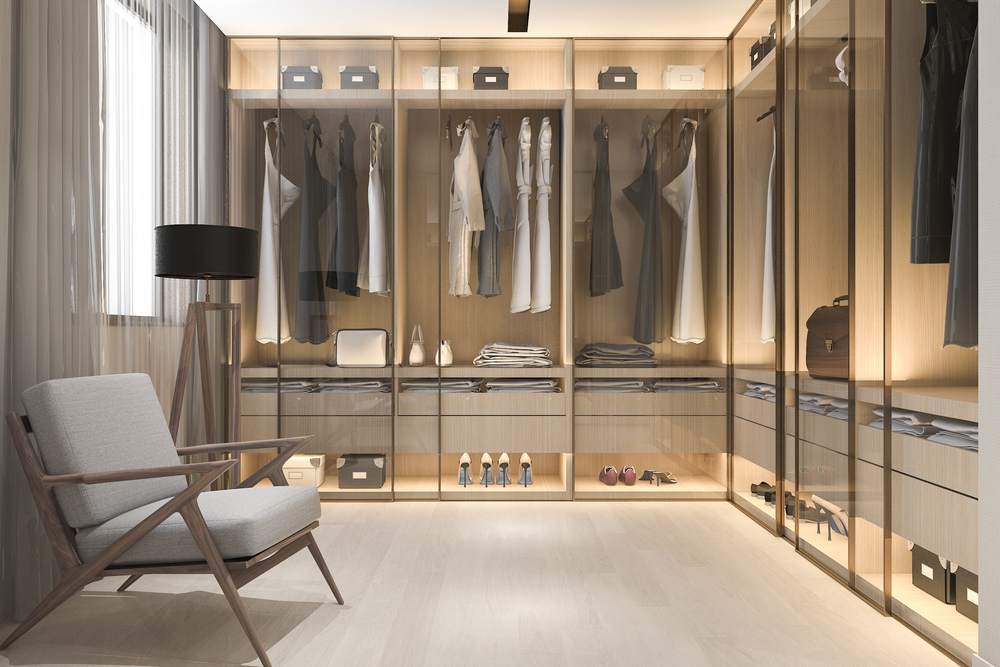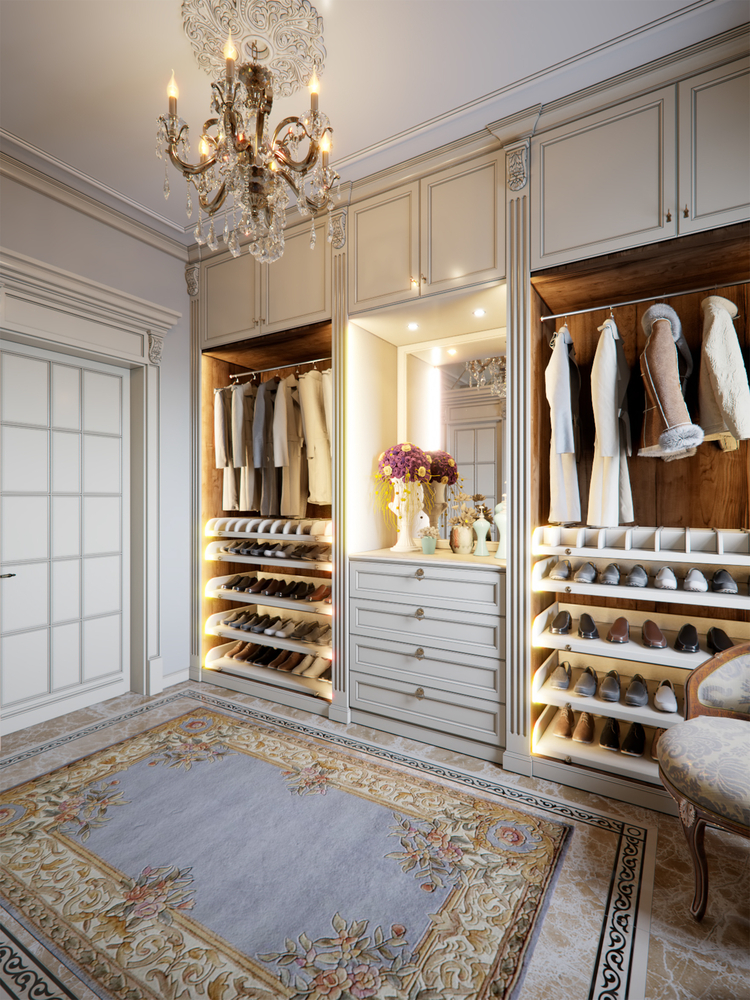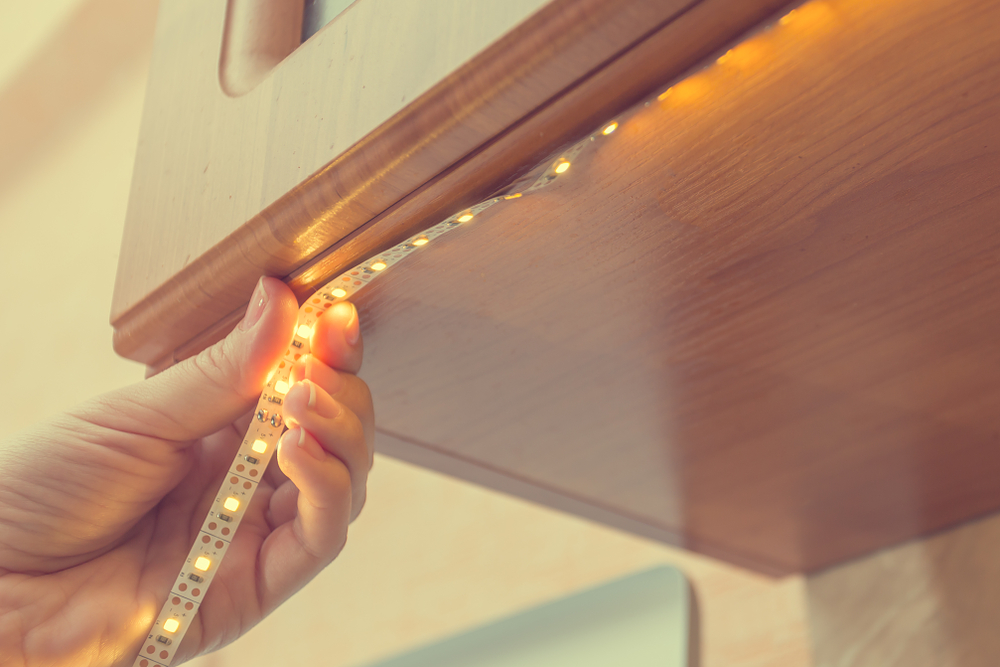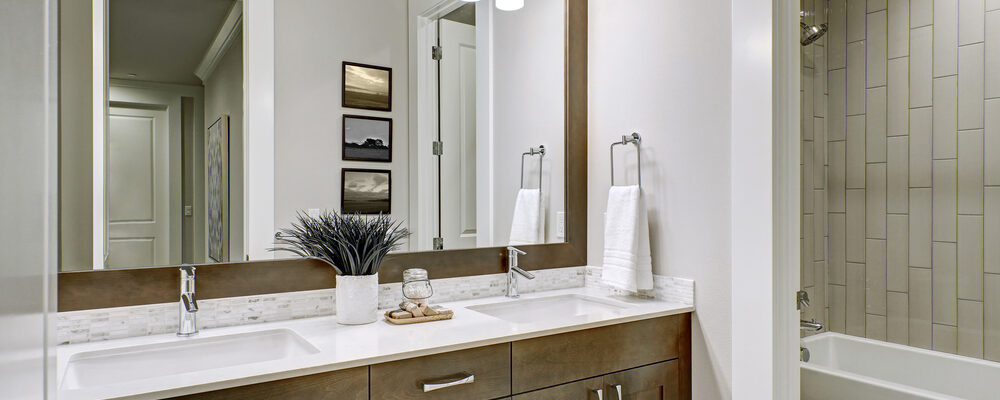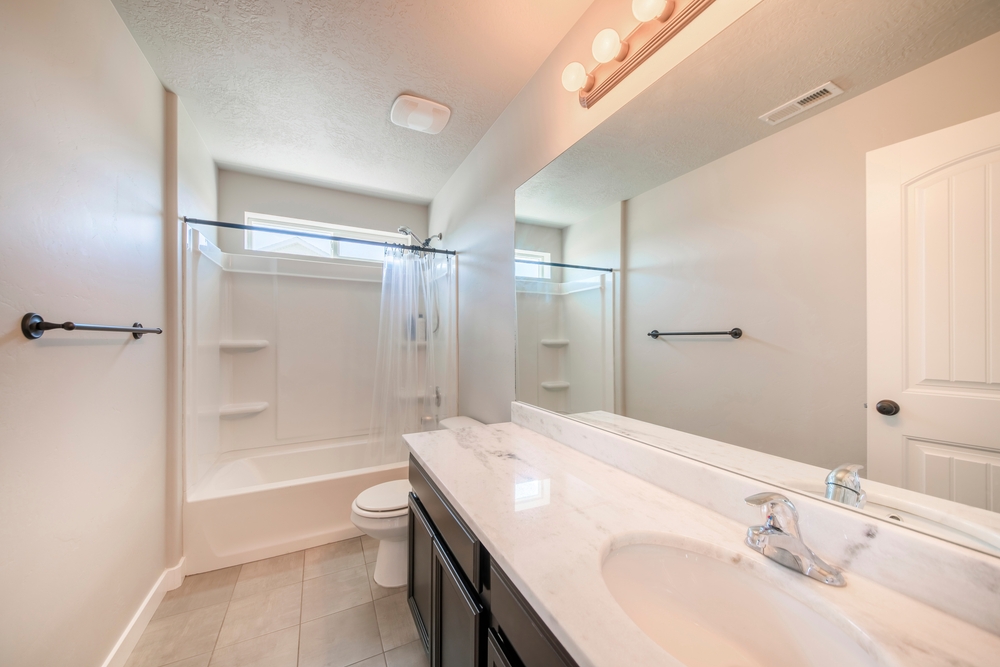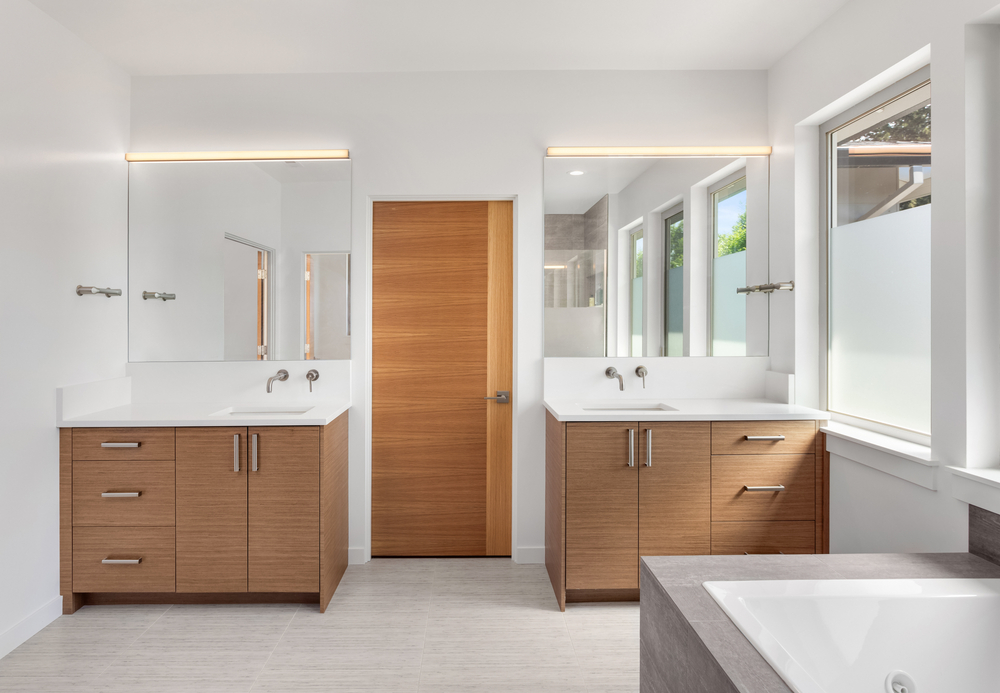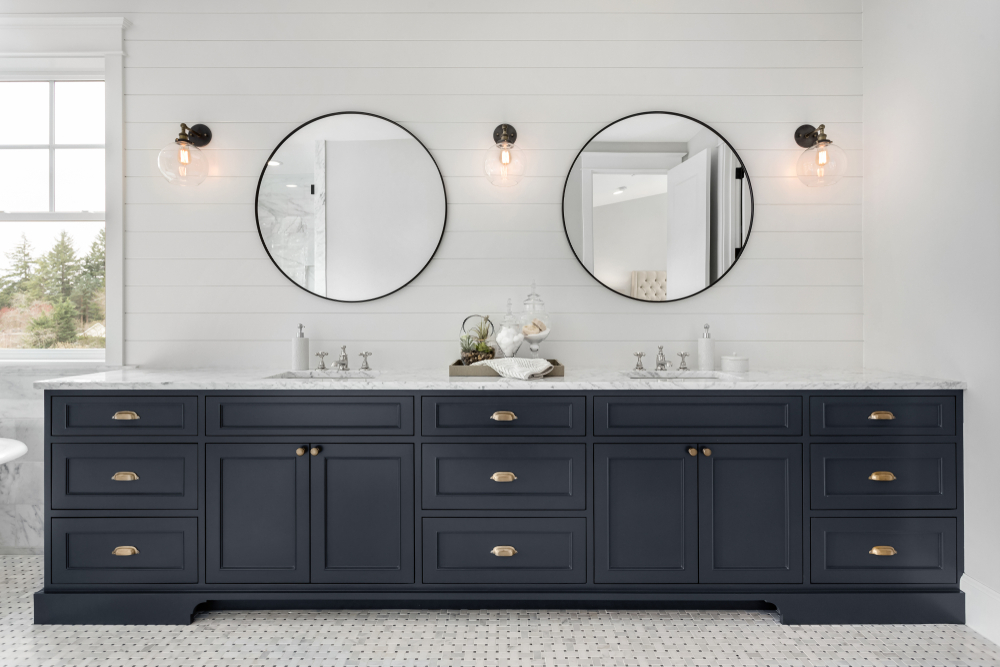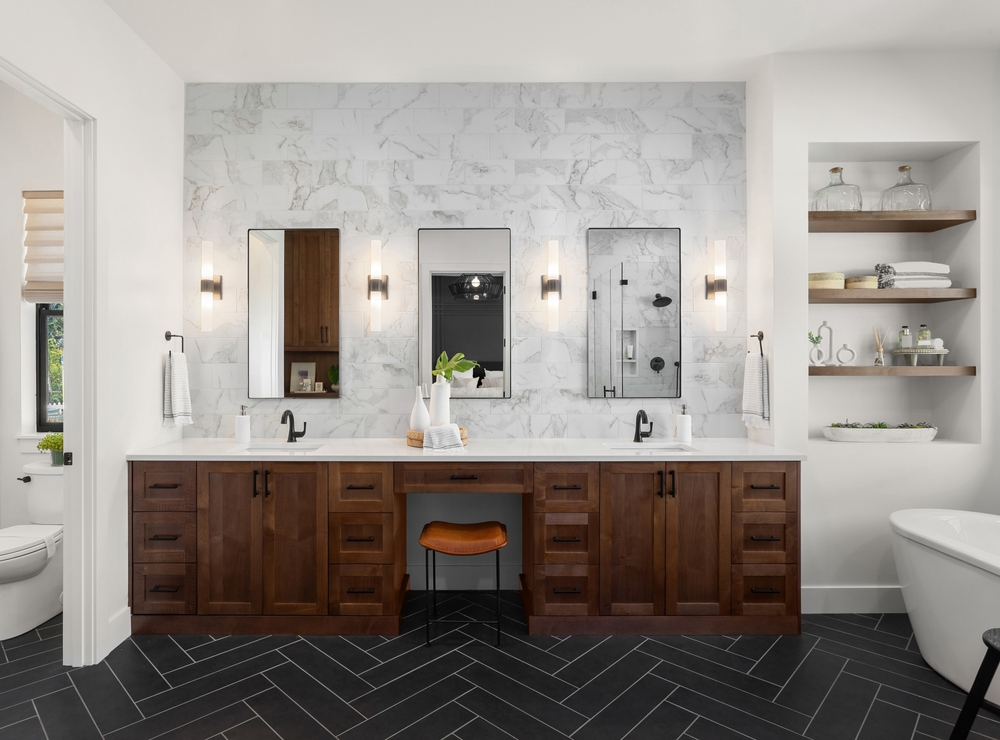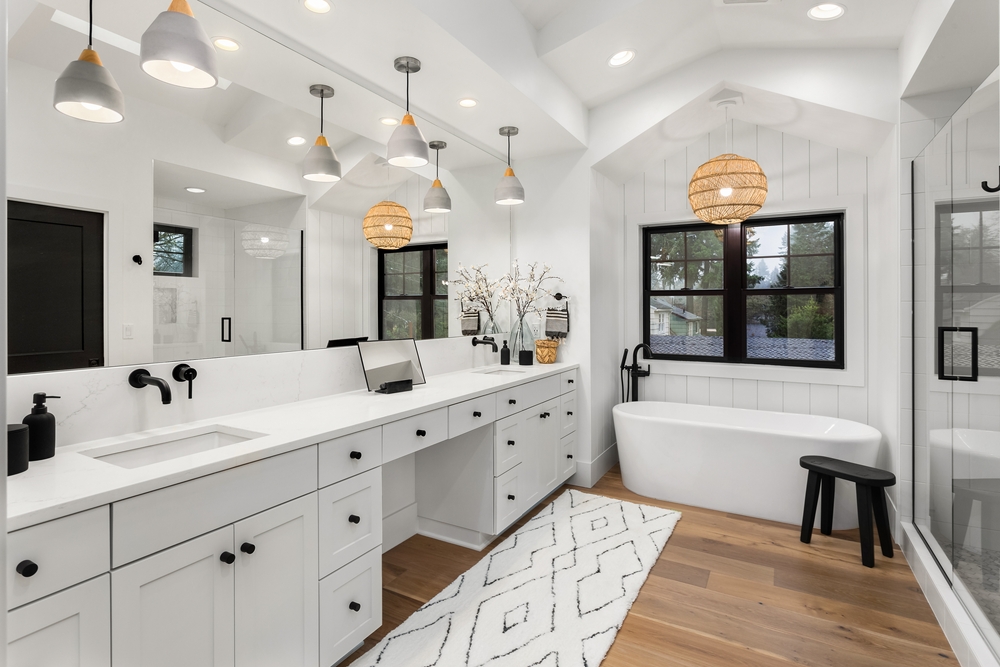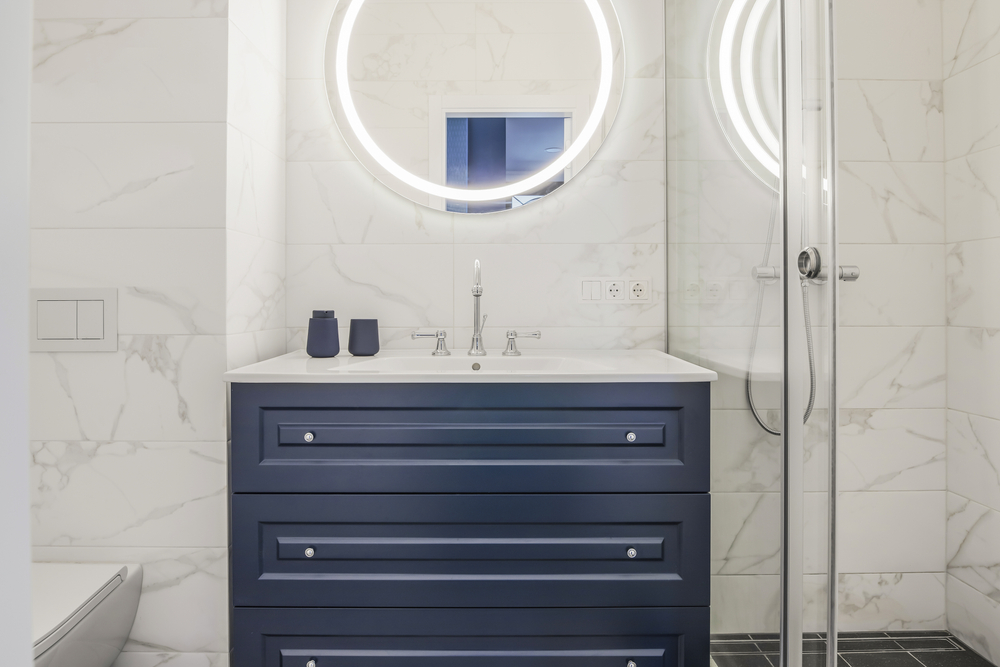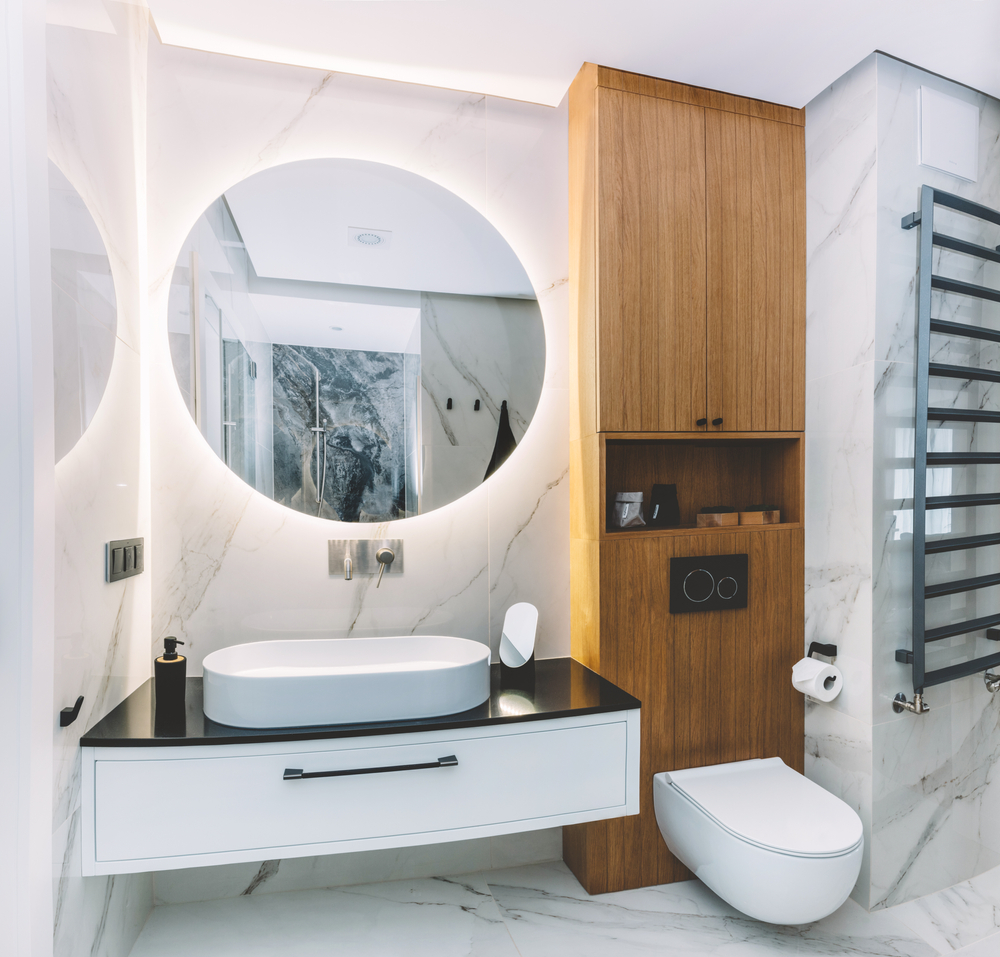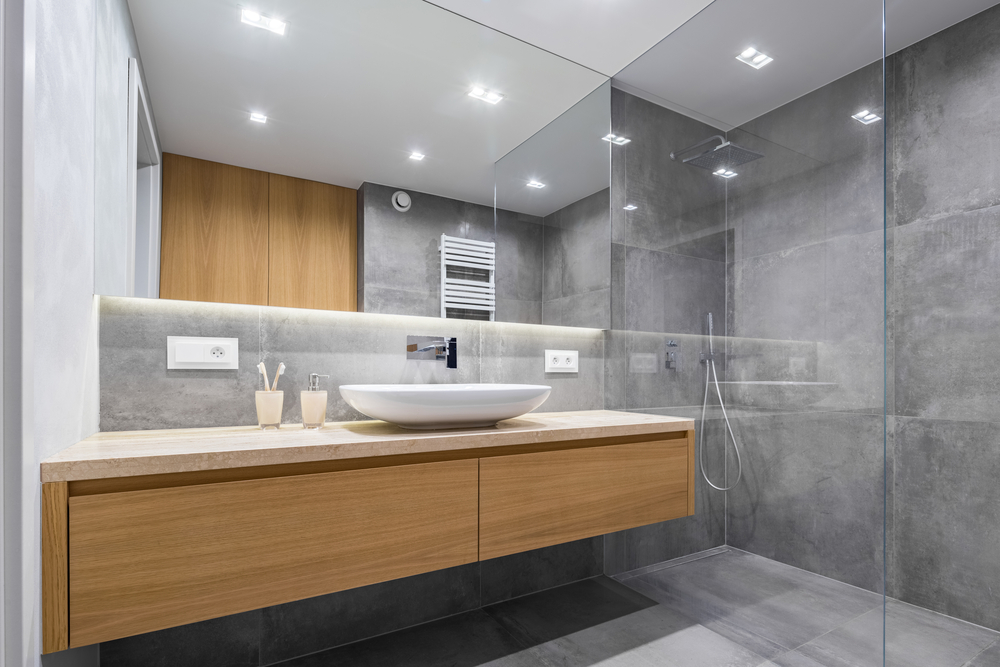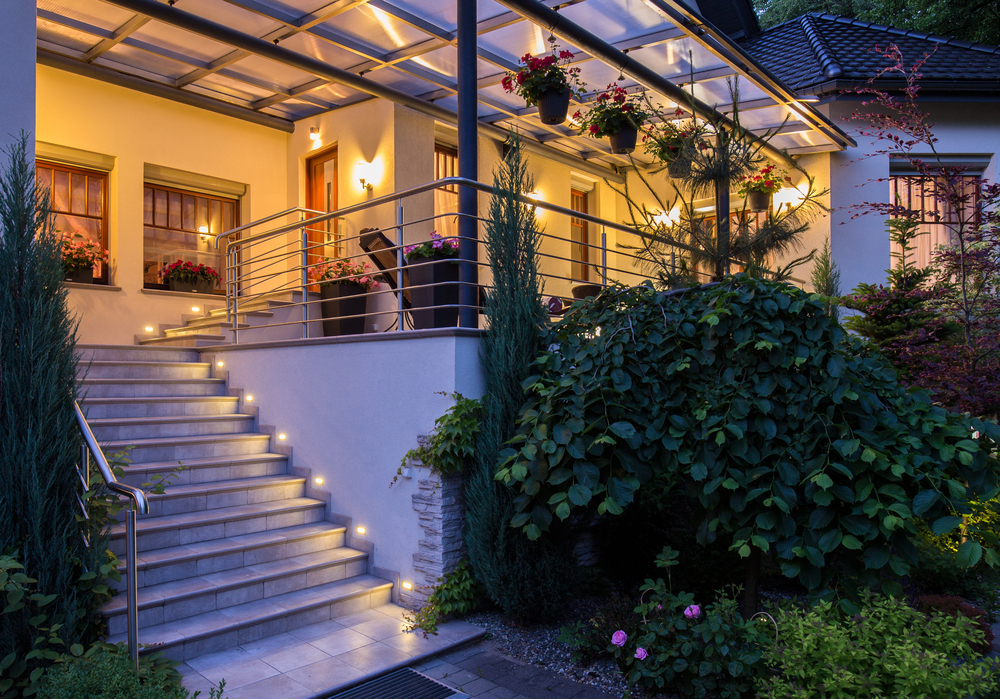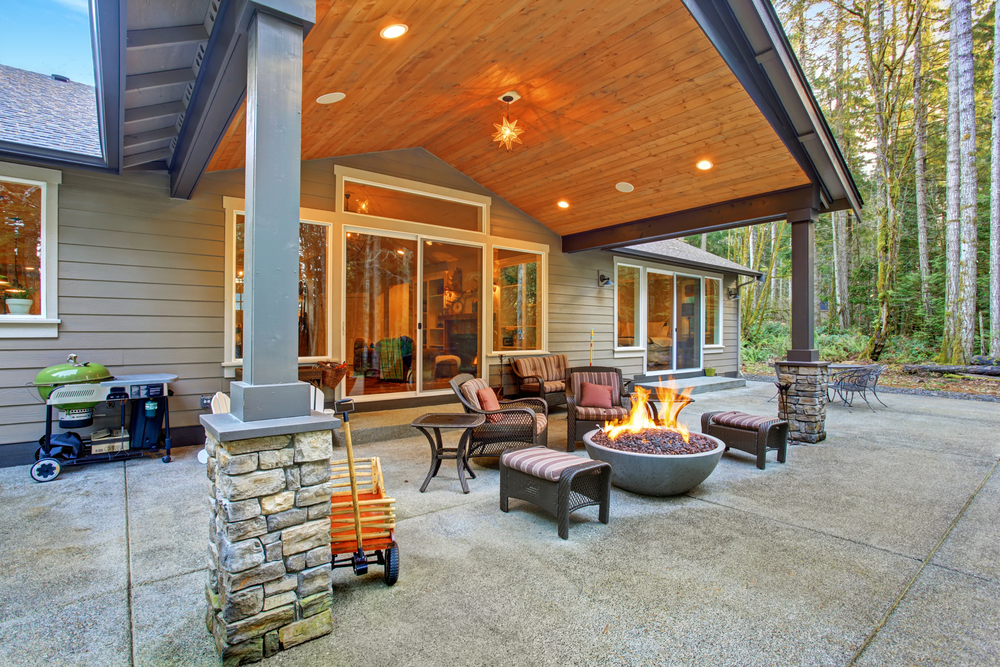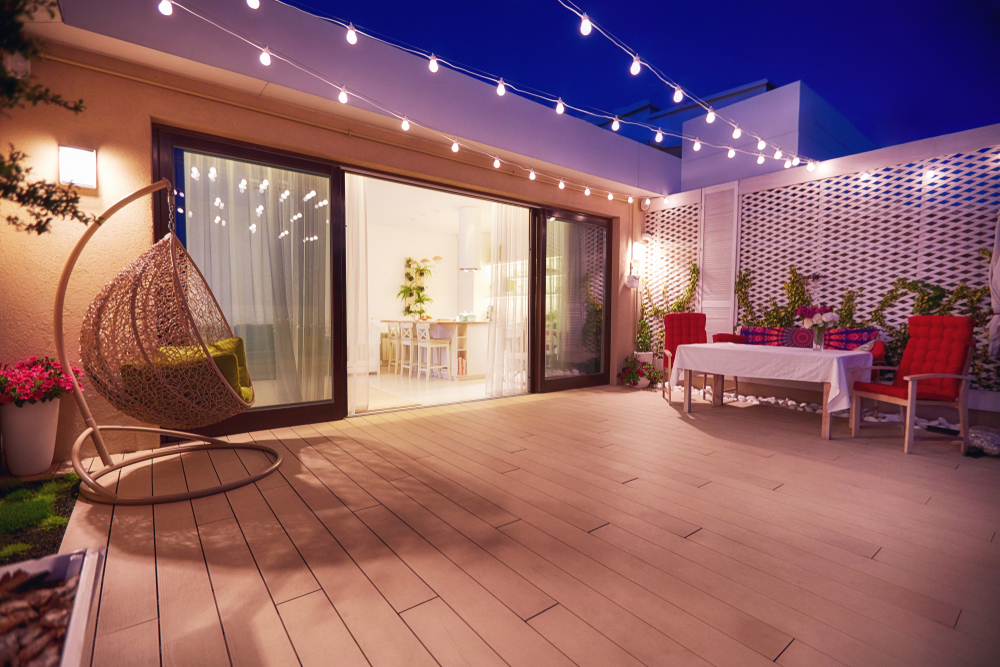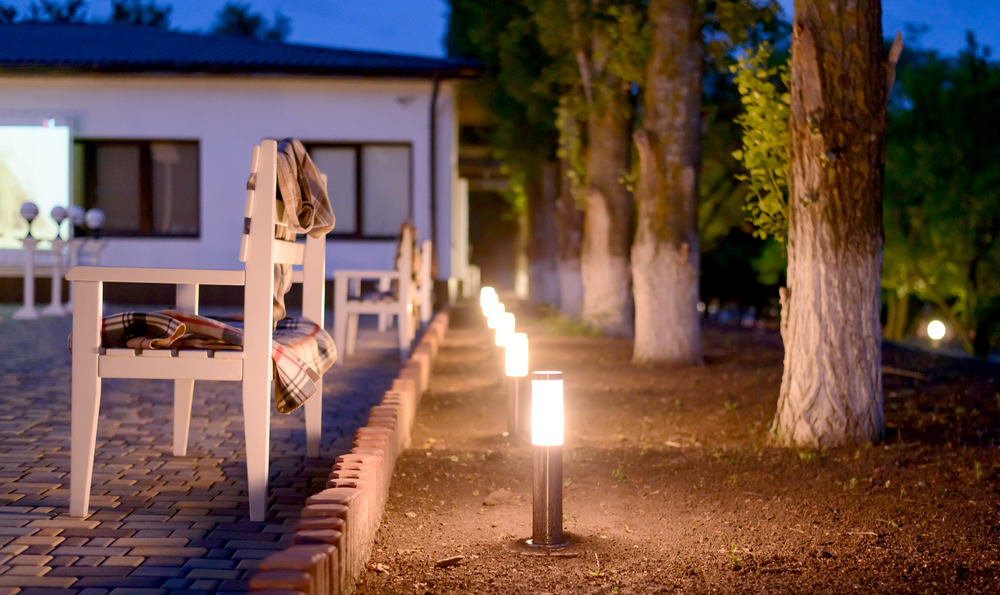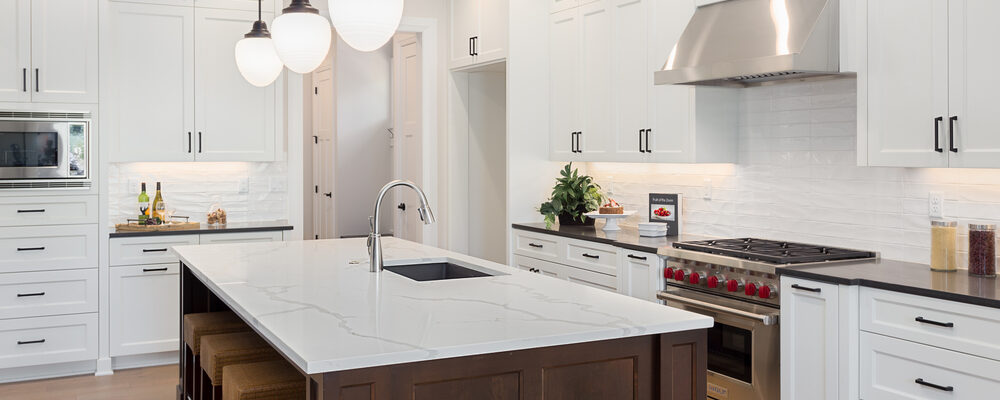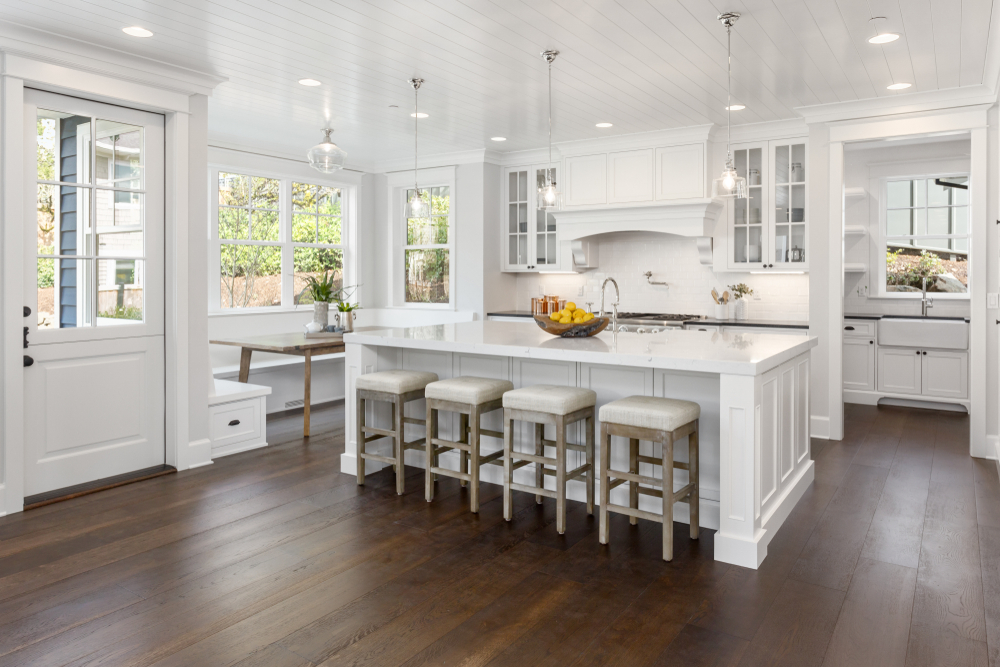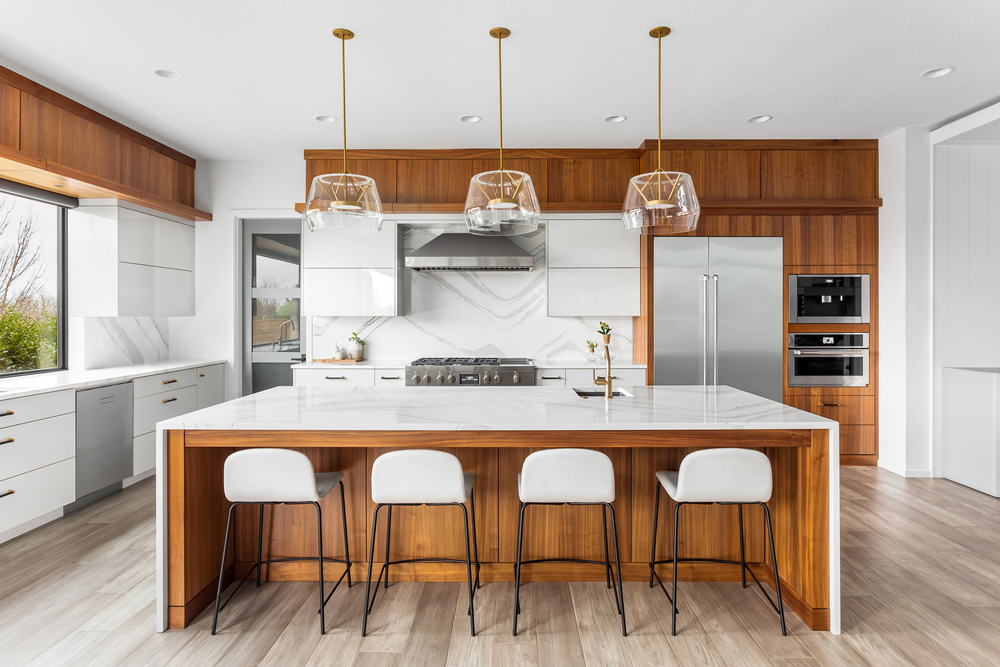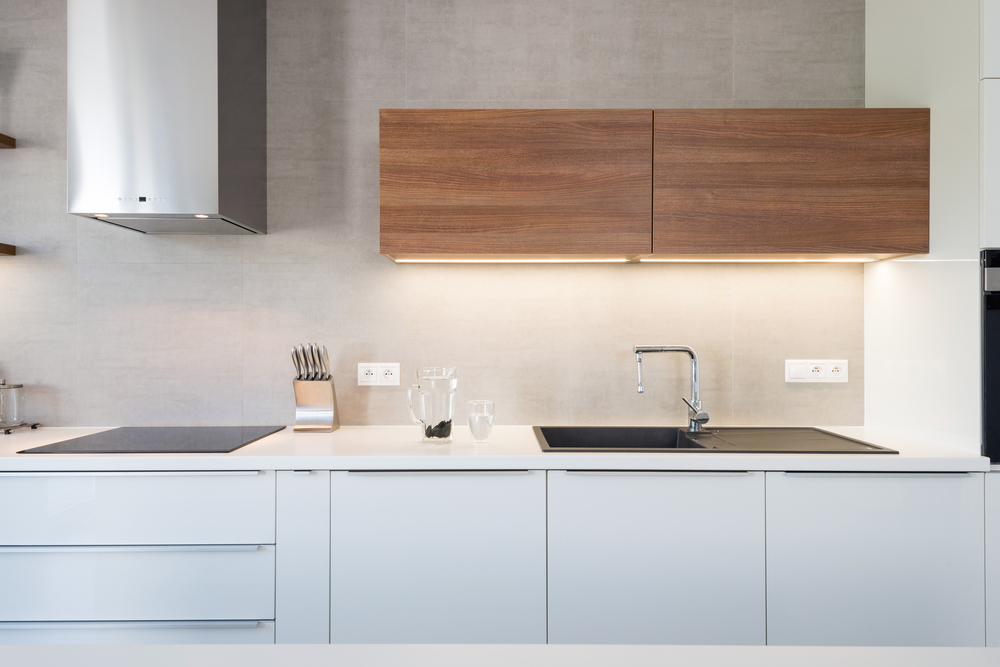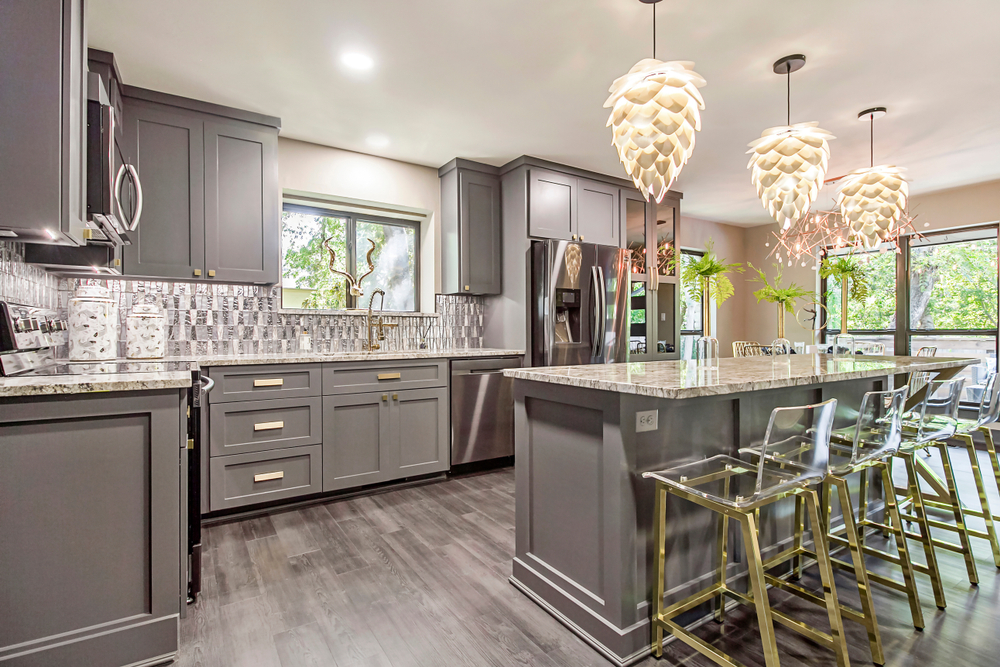With an intentional lack of furniture and decorations, minimalist design can sometimes come off as cold and uncomfortable. Over the past few years, as we’ve spent more time in our homes than ever before, the need for comfort in a home design has been made crystal clear.
Today’s modern minimalism prioritizes simplicity with a decluttered and uncomplicated aesthetic, while also emphasizing the need for comfort in a space. You’ll see more color and accessories than the minimalist interiors of the past had, but they’ll be thoughtfully chosen extras that provide warmth and life to the space without going overboard.
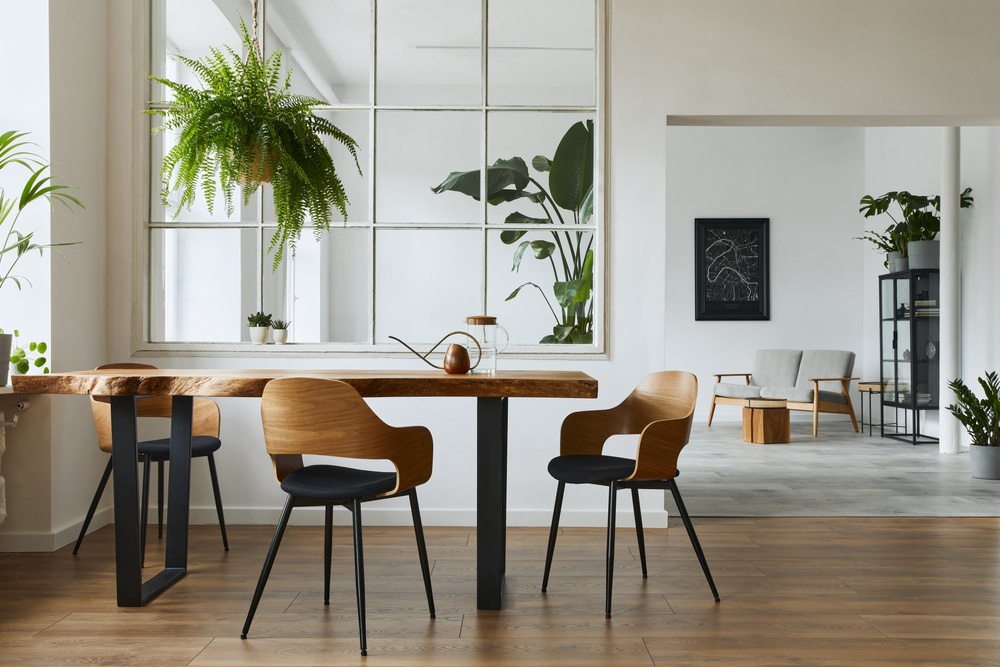 Whether you’re interested in adopting a minimalist lifestyle or just love the simple yet dramatic design aesthetic, modern minimalism is an achievable aesthetic for just about anyone!
Whether you’re interested in adopting a minimalist lifestyle or just love the simple yet dramatic design aesthetic, modern minimalism is an achievable aesthetic for just about anyone!
To help you get started, we broke down the basics of modern minimalist interior design into a handful of easy steps you can use to confidently focus on the right essentials.
1. Create an Open Floor Plan
Focus on creating as much connected open space as possible. Obviously, taking out walls is the easiest way to create an open floor plan. But if you’re not in a place where you can tear down walls, there are some simple and subtle tricks you can use to make adjoining spaces feel more connected.
One way to connect spaces in your home is to use the same flooring and wall paint colors for the entire space. This will make rooms look like they belong together, even through a doorway.
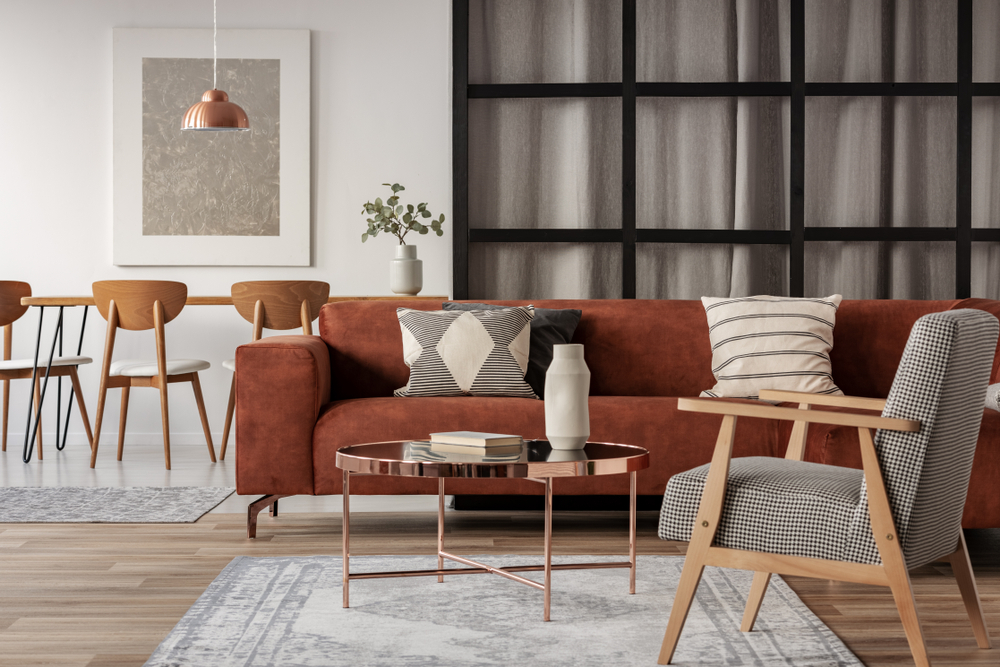
A unique accent, like this minimalist pendant light, grabs your attention through the doorway from across the way, which helps your brain perceive the two spaces as one.

Finally, play around with your furniture placement to maximize your space. In smaller spaces, this often means keeping large furniture close to the walls to keep open pathways throughout but don’t underestimate the power of a simple, low-profile, floating sofa used to define a space.
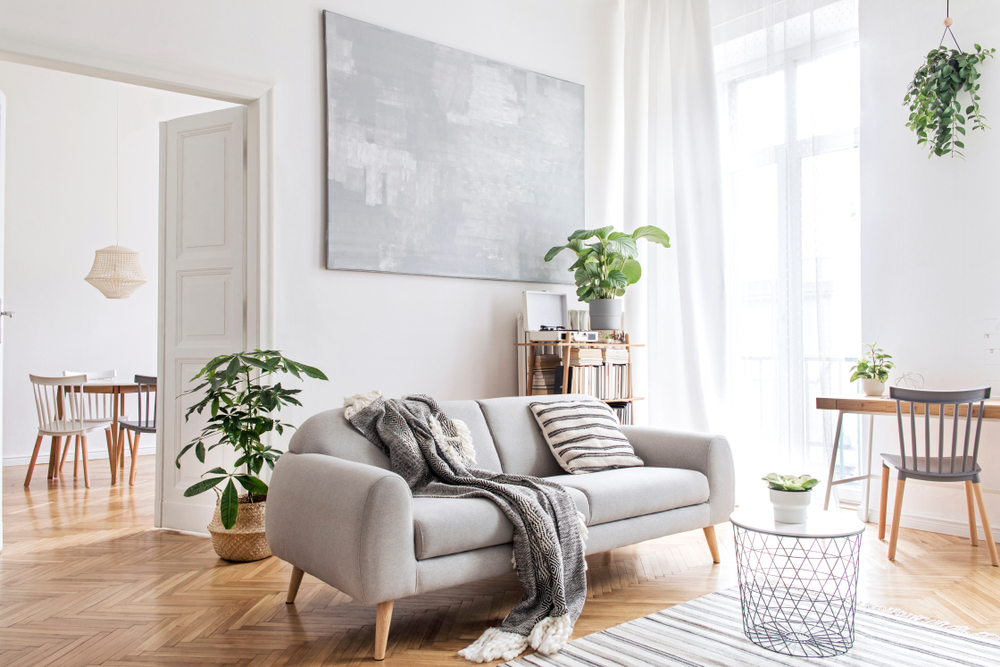
2. Choose a Small Color Palette
A classic hallmark of minimalist design is a neutral monochromatic color palette, typically in warm grey, white, or beige tones. Contrast is important – add dimension and balance with a mix of darker and lighter shades within your color palette.
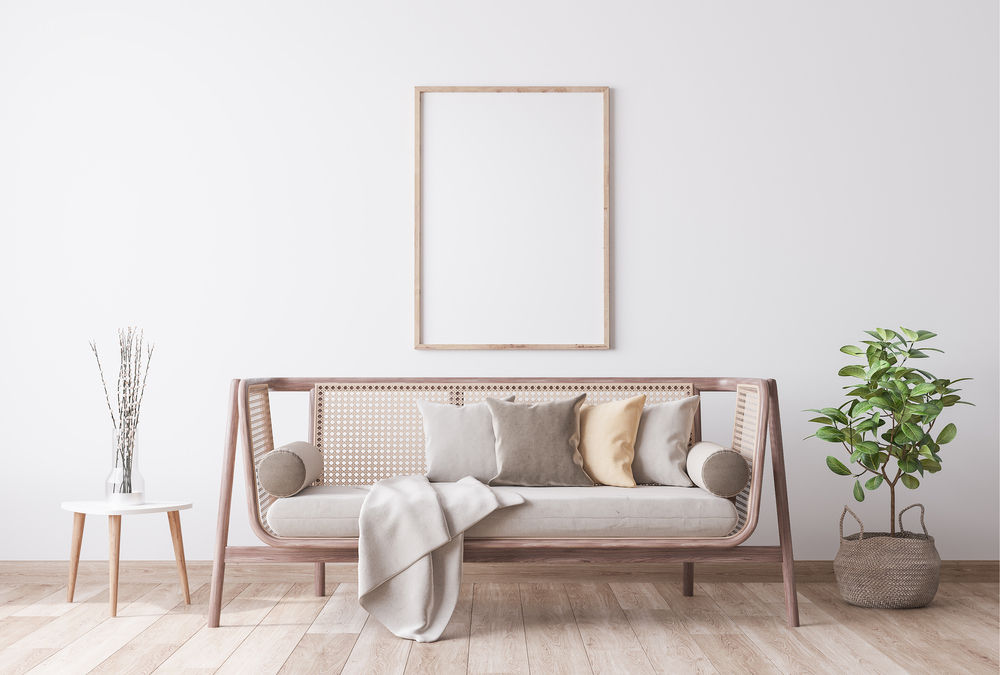
If an all-neutral color palette just isn’t your thing, you can still get a modern minimalist look with color – you just need to stick to a small palette. Keep most of the colors you use very light, to increase the feeling of airiness and reflect light best.
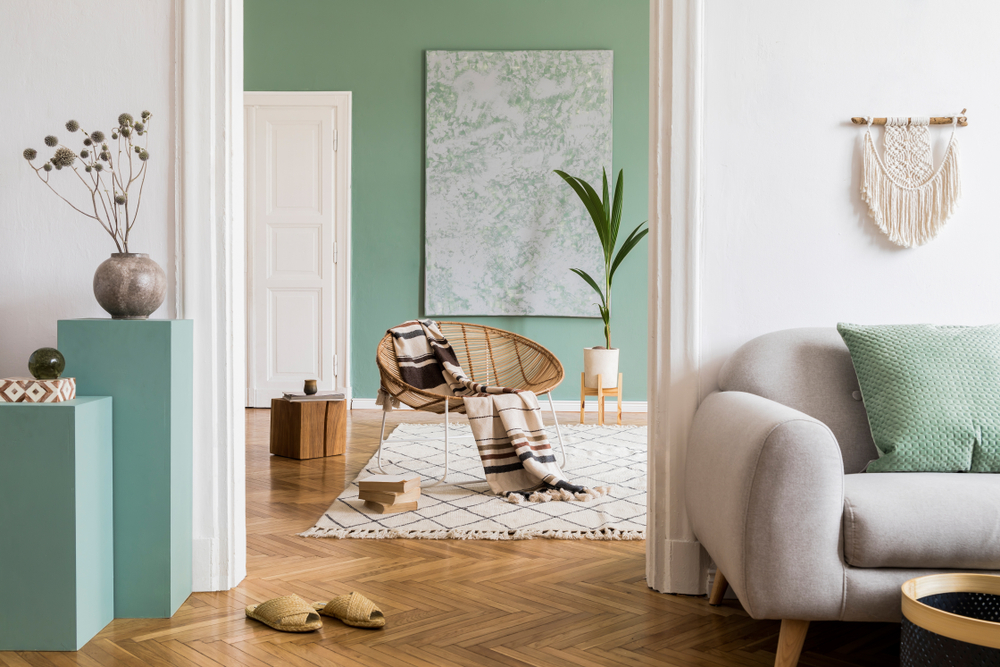
3. Functional Design is Key
It doesn’t matter how pretty a room is, if it’s inconvenient or difficult to use you’re not going to be happy with it. When you’re trying to adopt modern minimalism, understanding how to pare down to only the essentials can be hard. When you’re going through your room, ask yourself:
“Does this serve a purpose?” “Do I already have something that serves this purpose?” “Is there a multipurpose option that will serve this purpose and others?”

Just remember, there’s no hard and fast rule for what it means to be “functional” – and you don’t need to justify every item you love to keep it in your home. A funky decorative pillow that makes you smile when you see it is serving a purpose (and it’s making your couch more comfortable – so it’s multifunctional!)
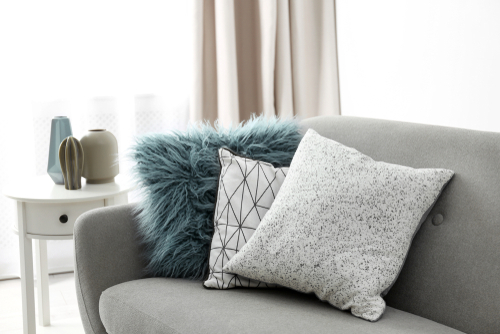
A huge part of functional design is organization. Decluttering for a modern minimalist space involves reducing “visual clutter” too! Things not actively being used should have a home where they can be tucked away until they’re needed.
Opt for storage options that have doors that will hide the things you’re not using. When styling open shelving, choose items that match your color palette, leave plenty of open space, and use boxes or baskets to organize and hide loose items.
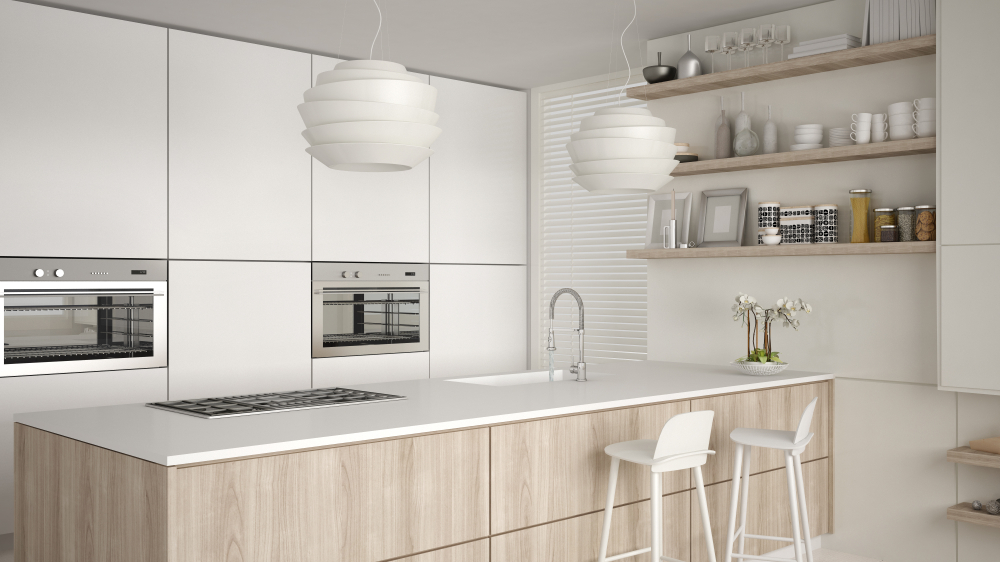
Don’t be surprised if you get down to the basics and you aren’t in love with what you have left. You’ll likely need to start making smart trades here and there to end up with a set of basics that you love.
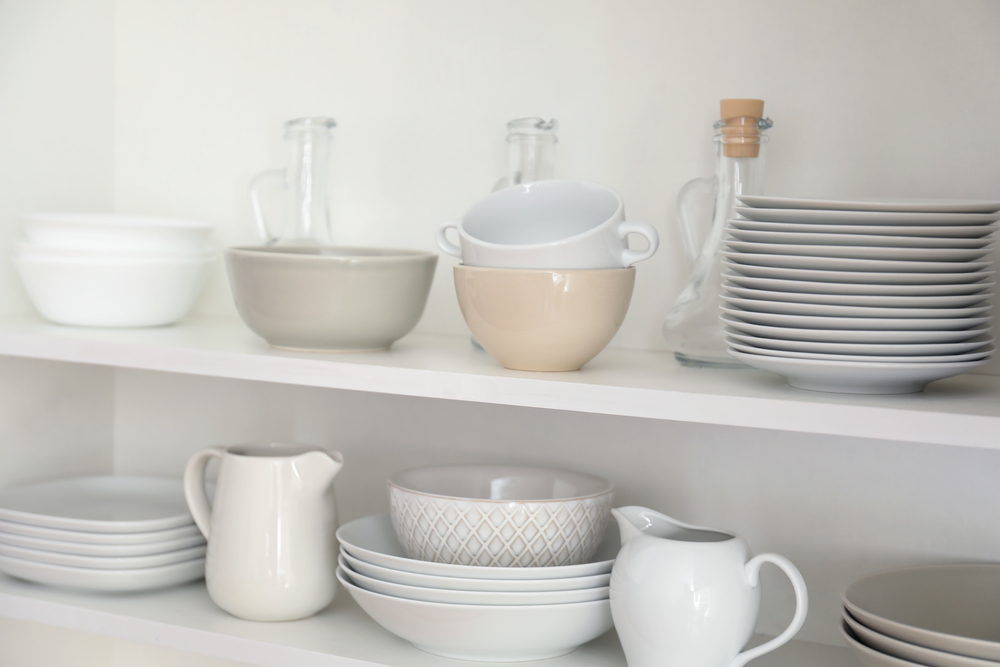
4. Add Light – Lots of It
Like most modern design aesthetics, modern minimalism focuses on filling the space with light. Where possible, introduce as much natural light as you can. The light colors on your walls and floors will reflect it – making your room feel open and airy.
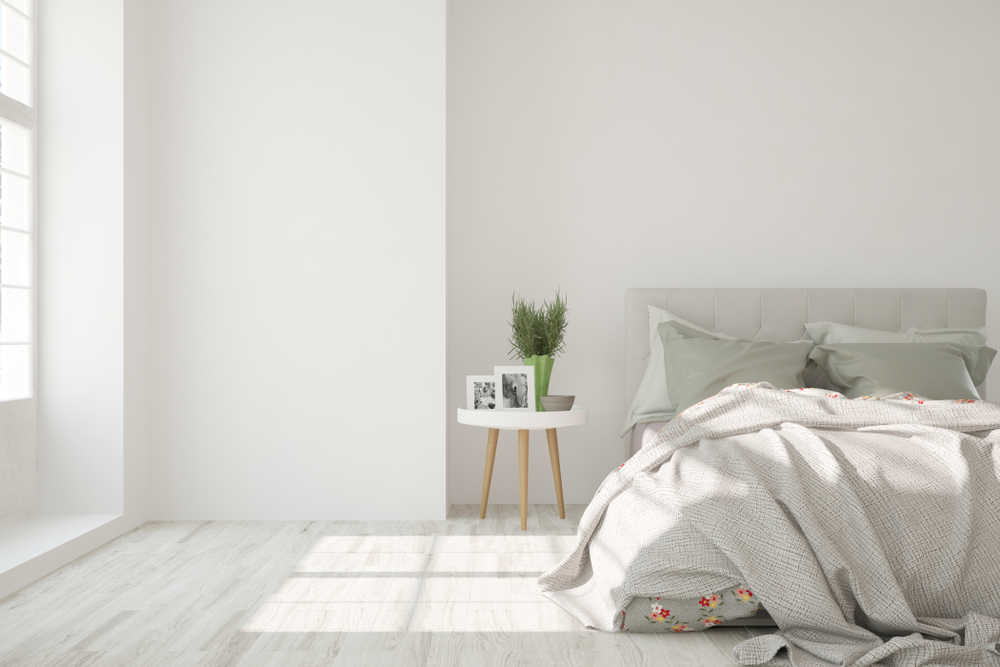
In addition to natural light, a modern minimalist space needs a well-thought-out interior lightscape. Make sure your general ambient light is bright without being harsh, and add extra lighting in dark corners and over workspaces. Hidden lights, like LED strips under a cabinet, are an inexpensive DIY trick with a big payoff!
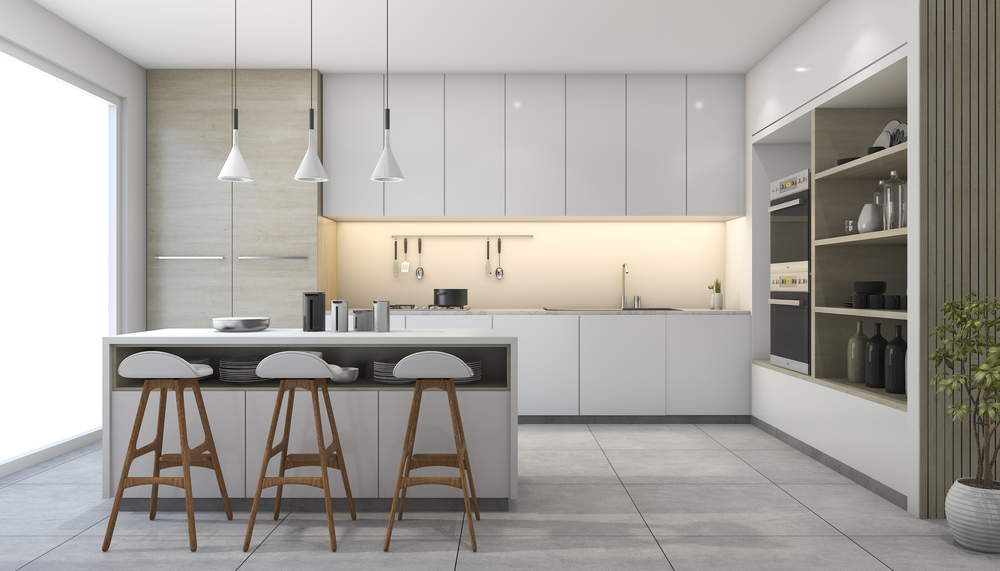
Because minimalism is all about doing less with more, it’s okay to be choosy about how you add light to your space – you don’t want to clutter up your home with a floor lamp in every dark spot! When you’re shopping for fixtures, stick to simple shapes that can double as design elements.
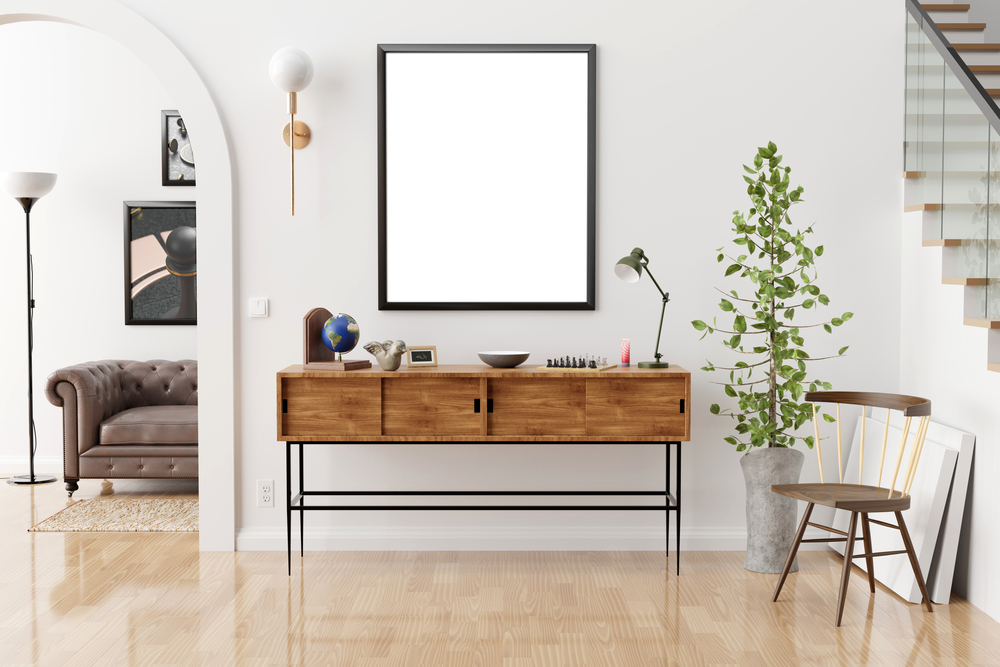
5. Finish it Off with Thoughtful Accents
Little pops of color and texture are what take a modern minimalist space from blah to wow. You can do this in a number of ways, but remember to keep it simple. Start with just one color or texture and see how it feels before committing to more.
When possible, look for ways to upgrade your existing decor rather than adding extra items. Look for functional pieces that you need in your space, but feel a little lackluster, and find a more interesting alternative. Replace an old, overstuffed sofa with a simpler version in a deep color (as long as it’s in your color palette!) or give an old end table new life with a coat of paint.

Pro Tip: If you have a hard time committing to color, consider using houseplants! They introduce a vibrant green color and soft, organic textures, which can balance out a minimalist design quite nicely.
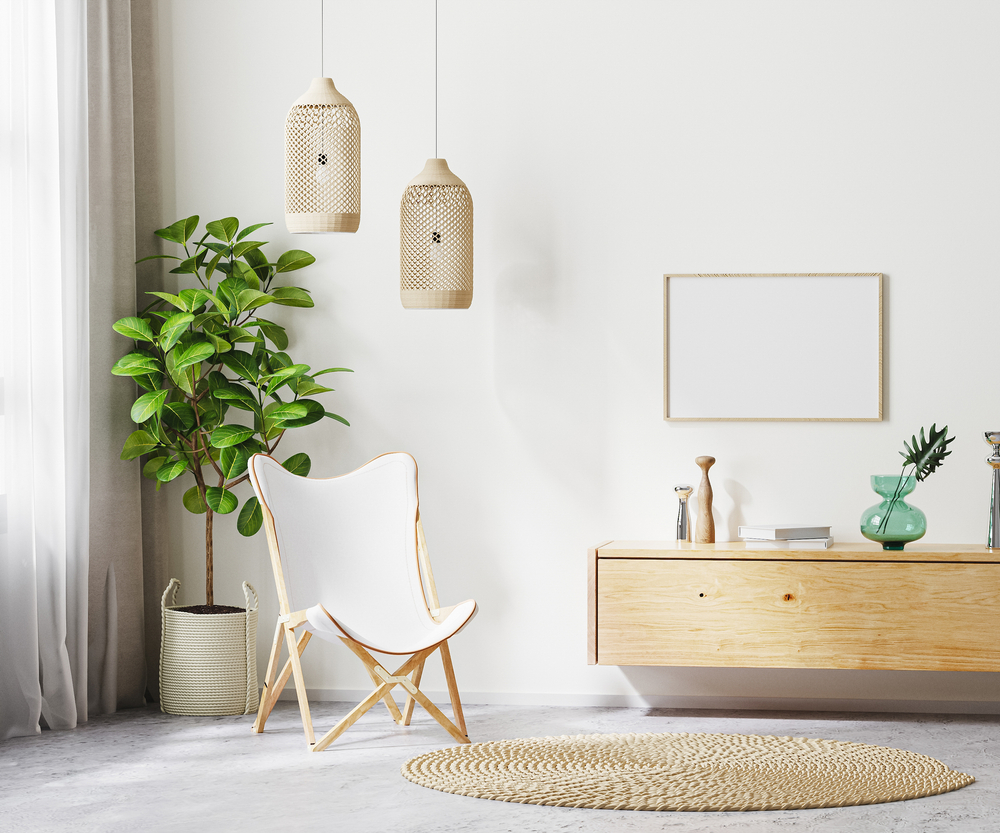
By far, one of the most effective ways to accent a modern minimalist design is with an interesting light fixture. Your room will always need light, so it might as well be an integrated part of the design!
A stunning ceiling light with a simple shape will stand out as a piece of art against a minimalist backdrop and elevate the entire design of the space.
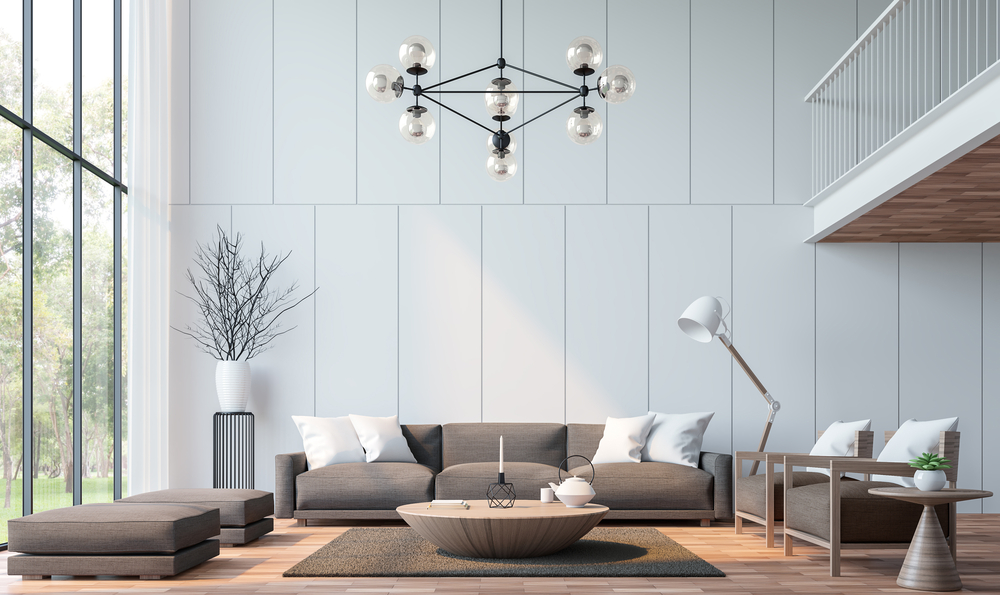
Pendant lamps are popular in modern minimalist design because they come in simple shapes with lots of finish options, so it’s easy to find something that will match your aesthetic.
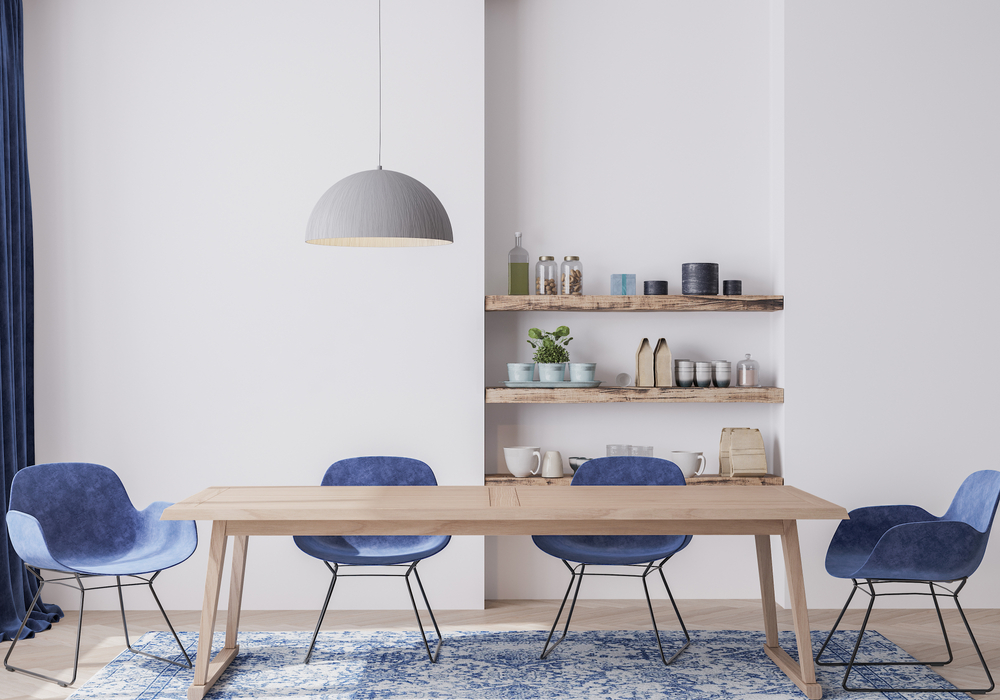
If replacing a ceiling fixture isn’t an option, you can get a similar impact with a carefully chosen floor lamp! Lamps are the MVP of accent lighting for a reason – they’re easy to move, replace, and rearrange, and come in a HUGE variety of styles. You can go for something small that blends in, but we also love the way a large, yet simple, lamp like this one makes a statement without taking over.
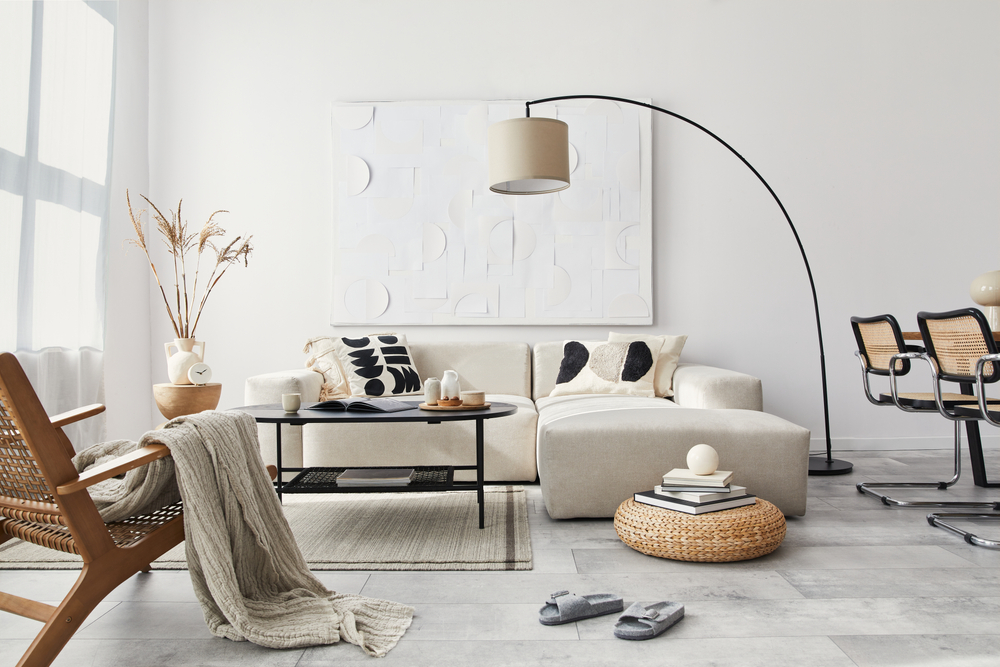
That’s all there is to it! Just to recap, here are the 5 easy steps to create a modern minimalist interior:
- Create an open floor plan – Tie separate spaces together with color and materials and rearrange furniture to maximize your space.
- Choose a small color palette – Neutrals are your friend, but it’s okay to add in a little bit of color to make your space feel like you.
- Remember functionality – Use multipurpose furniture, and organize, organize, organize. Store things that aren’t being used so that they’re not cluttering up your space.
- Add light – Having lots of natural and indoor lighting is what makes your space feel open and airy. Light up dark corners and workspaces.
- Finish it off with thoughtful accents – Don’t over-accessorize. Pops of color and texture give life to a space, but try to incorporate these add-ons with the functional elements of your space – like a colored sofa or an upgraded light fixture.
——–
Modern minimalist design can be a difficult concept to balance, but it’s very forgiving and so beautiful when done correctly. If you need help finding the right lighting for your modern minimalist home, our experts at Armstrong's Lighting can help!

